As we mentioned in the previous issue, the number of Mo masters in Phu Tho province is currently not many, they are old, there is a lack of successors, so it is difficult to teach... These are the concerns and challenges in the journey to preserve the Mo Muong national intangible cultural heritage.
The successor
Mr. Mo is the person who holds the soul of Mo Muong, plays a very important role in practicing, preserving and promoting the value of the heritage in contemporary life. Although being a Mo master does not require a degree or a “certificate” of practice on black and white paper. But to become a Mo master is not simple.
According to Mr. Rach: Although we are willing to teach Mo Muong with all our love and responsibility, it is not easy to find the next generation. Because, not everyone can be a Mo master, the learner must have qualities, deep understanding because he must memorize a large amount of Mo sentences, especially have ethics, prestige that is respected by the people, have full props, offerings and most importantly, must have the "family tradition" factor - have a lineage of Mo (fathers, uncles, grandfathers have practiced the profession and passed it down).
Even Mr. Rach, despite having preserved and practiced Mo Muong for half a century, it was not until 2023 that he found someone to teach him, Mr. Ha Van Boi - a nephew in the family line.
Mr. Boi said: I myself also wish to be a successor, to continue, preserve and conserve Mo Muong. However, learning to become a Mo master is not something that can be done overnight, but requires time. After 2 years of studying, I have only learned and practiced some basic Mo rituals, the rest still has to be undertaken by Mo Rach.
According to the Mo Muong inventory data of the province, among the list of 31 Mo Muong artisans, the oldest is nearly 90 years old, the youngest is over 50 years old, which poses a great challenge when those who preserve and conserve Mo Muong are gradually aging. The Mo masters we met are also concerned about their successors, wishing to find worthy successors to pass on and continue the path of preserving and practicing the heritage of their own people. In particular, the "choosy" Mo masters are the reason why the young generation - the next generation - cannot "apply" en masse or for the authorities and sectors to easily open classes to teach how to be Mo masters, because this will destroy the sacredness and spirituality of Mo masters.
Not only is this the concern of the Mo masters, but it is also the concern of the Muong ethnic people where we came. Mrs. Ha Thi Nguyet - 60 years old, Thu Cuc commune, worried: "The whole commune has only 3 Mo masters left but they are all old. We Muong people, from the birth of a child, to marriage, when we are old and when we return to Muong ghost, we all need a Mo master. If we do not have a successor soon, what will we do in the future?"
Through surveying, researching, and studying documents related to Mo Muong in Phu Tho province, we found that: Mo masters all pass on their profession through oral transmission because the Muong people do not have their own written language. Mo masters work independently (without assistants or temples like other places). Mo verses (prayer verses) are passed down from one generation of Mo masters to the next. During the process of transmission and preservation, the number of Mo verses and Mo verses is no longer as complete as the original, and because of the "oral transmission" factor, it is inevitable that "three copies and three copies are lost".
The process of movement and development of life, along with cultural acculturation, probably also makes the artifacts used during the ceremony of the Mo masters in each place different. Some Mo masters only need 2 yin and yang coins, others use tiger fangs, horns, stones, silver bracelets, swords, gongs, bells... and most of the Mo masters' costumes are no longer popular. The inconsistency in practicing Mo ceremonies among Mo masters in the Muong regions in the province is also a difficulty in the collection and preservation work.
The feelings of the people involved
The profile of the intangible cultural heritage proposed for inclusion in the National Intangible Cultural Heritage List by the Department of Culture, Sports and Tourism of Phu Tho once mentioned: “Mo Muong in Phu Tho in the decades from 1950 to 1990 was almost not interested, not fully practiced in the Muong community. The reason is due to the rapid changes in culture, economy , society of the country along with the prohibition, the perception that Mo is associated with superstition, so the forms of Mo Muong expression are very vague. Most funerals and ceremonies of families only invite Mo to practice the worship rituals without practicing Mo performance”. Nowadays, following the new cultural lifestyle, implementing civilization in weddings and funerals, the Mo master has proactively simplified Mo rituals to suit the times, but this is both a positive factor but also puts Mo songs at risk of being lost.
Yen Lap district organized a training course on Muong culture for cultural and folk arts clubs in the district.
In addition, implementing Project 6 on "Preserving and promoting the fine traditional cultural values of ethnic minorities associated with tourism development" under the National Target Program on socio-economic development in ethnic minority and mountainous areas for the period 2021-2025, Thanh Son district has implemented the Project on preserving and promoting the cultural identity of the Muong ethnic group and other ethnic minorities in the district for the period 2021-2025; Yen Lap district has also implemented training courses on traditional cultural practices of the Muong ethnic group such as: Folk performances, instructions on making musical instruments and ethnic props for practice and performance activities for cultural and folk art clubs of the Muong ethnic group in the locality. However, these activities only stop at preserving the culture of the Muong ethnic group in general. Focusing on Mo Muong - an element that makes up Muong culture - is still "vague" in conservation work.
In fact, the cultural sector is still making efforts to preserve and promote the value of heritage types, but due to the limited state budget for this field, it mainly relies on resources from the people. There are almost no books and research publications on the Mo Muong cultural heritage of the Muong people in Phu Tho.
In particular, even the recognized Mo masters or folk Mo masters are currently those who do not receive "salary" and have not received much attention. They still operate on a voluntary spirit, with enthusiasm and awareness of preserving the precious assets of the Muong ethnic group.
In addition, the “measure” and standards set to recognize Mo masters or Mo Muong artisans are also one of the “inadequacies”. In 2020, Hoa Binh province coordinated with the Institute of Music under the Vietnam National Academy of Music (the consulting unit for the dossier) to build a national dossier of Mo Muong Vietnam to submit to UNESCO for inclusion in the List of Intangible Cultural Heritage in Need of Urgent Safeguarding. The important content is to inventory the heritage in 7 provinces, including Phu Tho province. The units have built 7 inventory forms that set out criteria for Mo Muong artisans, beliefs called Mo in the locality... The form of the Institute of Music gives the definition: "Mo Muong artisans are those who have a destiny, are trusted by local people to perform religious rituals called Mo. The declaration includes how many generations of Mo tradition, how many Holy Books/Heavenly Books (books), the number of years of practice, the number of Mo funeral rituals performed, the number and names of the Rongongs Mo knows, knows by heart and can practice, artifacts in Khot bags (description, reason, story surrounding the artifacts), the number of students studying. If based on the above criteria, it is possible that many Muong regions in the province will not have Mo Muong artisans.
Shaman Nguyen Dinh Thuong performs a ritual to pray for longevity and health at the forest opening ceremony of the Muong people, Yen Lap district.
I think, isn’t it paradoxical that the heritages that the community has accepted its changes in the flow of time, but the management agencies are still “applying” mechanical criteria, forgetting the differences in historical, geographical and human contexts of the localities. Granted, once recognized, there must be criteria, but we need to survey the measure of the people’s trust in the Shaman, paying attention to the efforts, processes and labor they have spent on watering so that the “tree” of heritage that only has roots now “blooms”.
Comrade Khuat Dinh Quan - cultural officer of Tu Vu commune, Thanh Thuy district affirmed: "In the future, when there is an inventory of Mo Muong heritage, we will propose to register the names of prestigious shamans who have contributed to the cause of preserving Mo Muong in the locality to become Mo Muong artisans."
Mo Muong, with the subject being the Mo men, symbolizes the priceless treasure that the ancestors of the Muong people passed on to their descendants. Mo Muong has been and is being paid attention to, but still needs more active measures from the cultural sector and localities so that Mo Muong can be promoted and spread worthy of the value of the National Intangible Cultural Heritage and move towards the representative cultural heritage of Humanity recognized by UNESCO.
Thanh Tra - Thu Huong - Thuy Trang
Source: https://baophutho.vn/ky-2-tran-tro-hanh-trinh-bao-ton-di-san-225209.htm



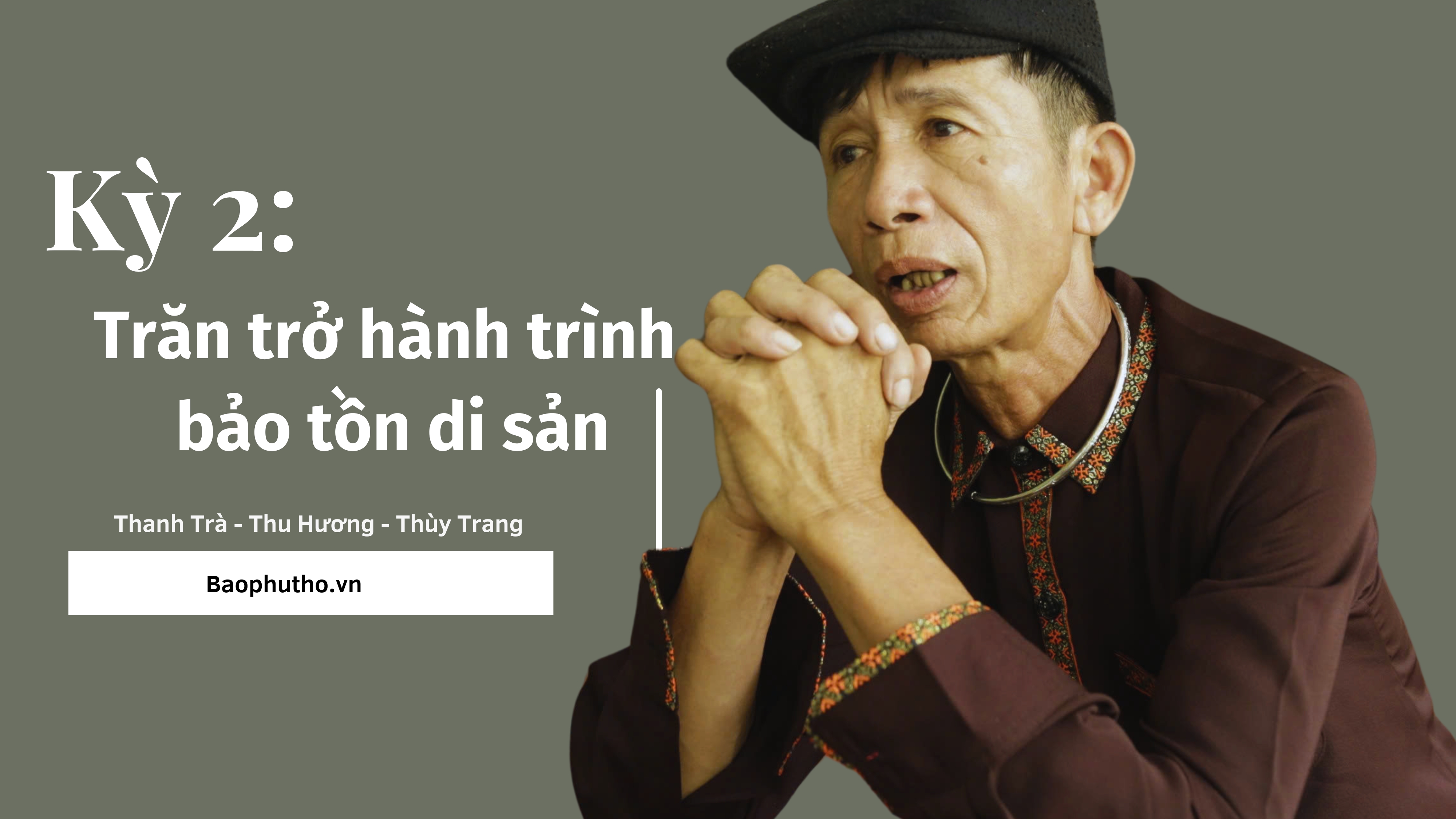
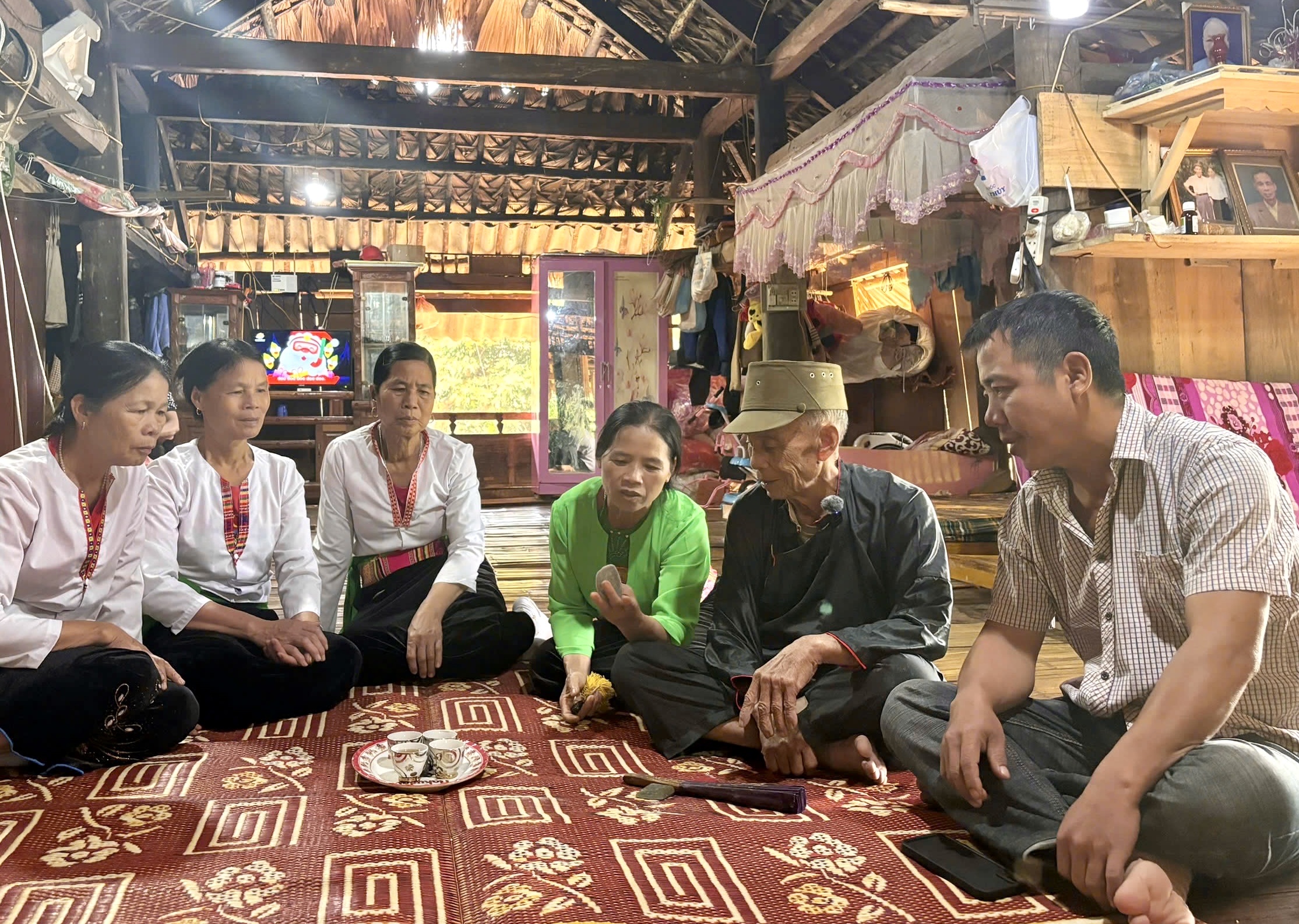
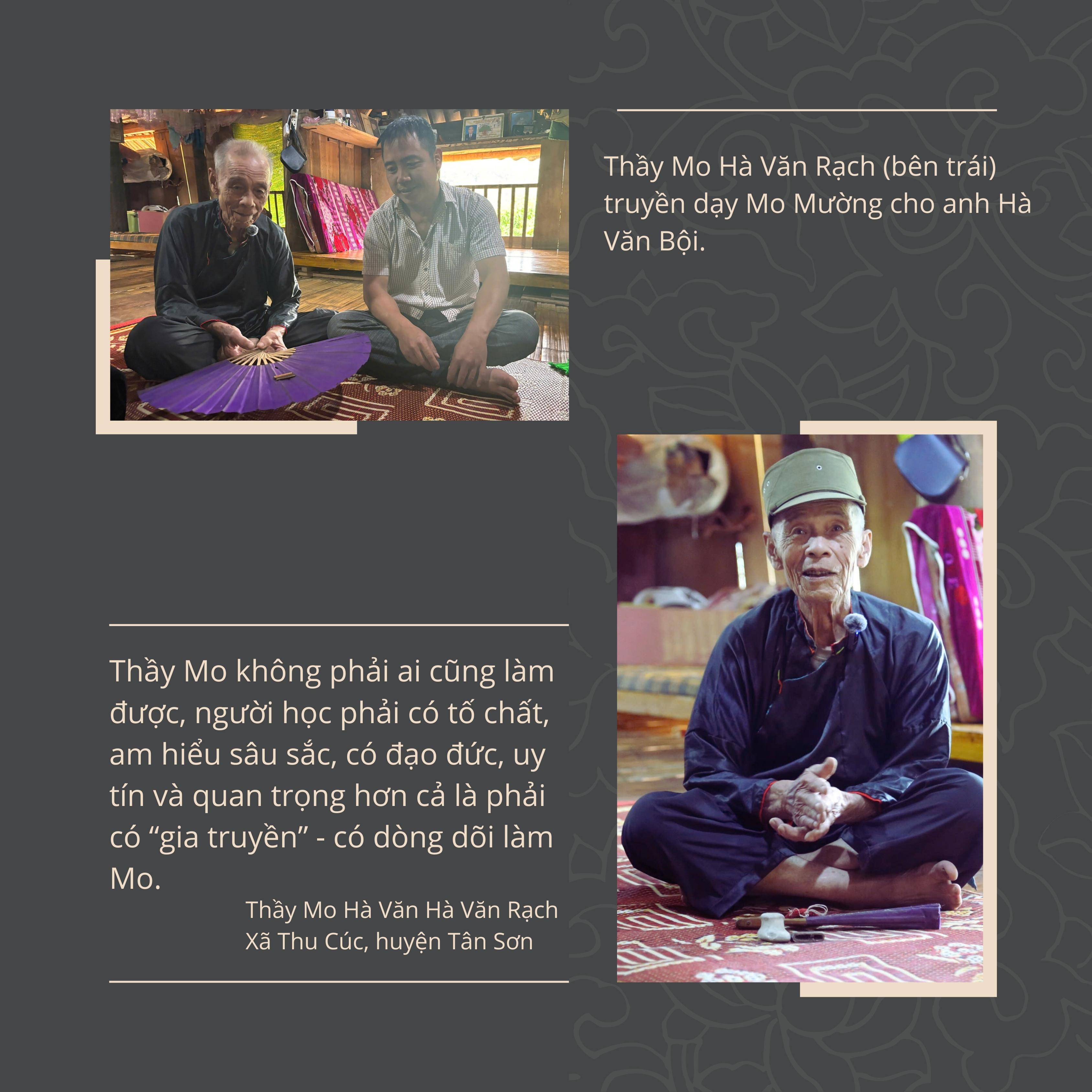
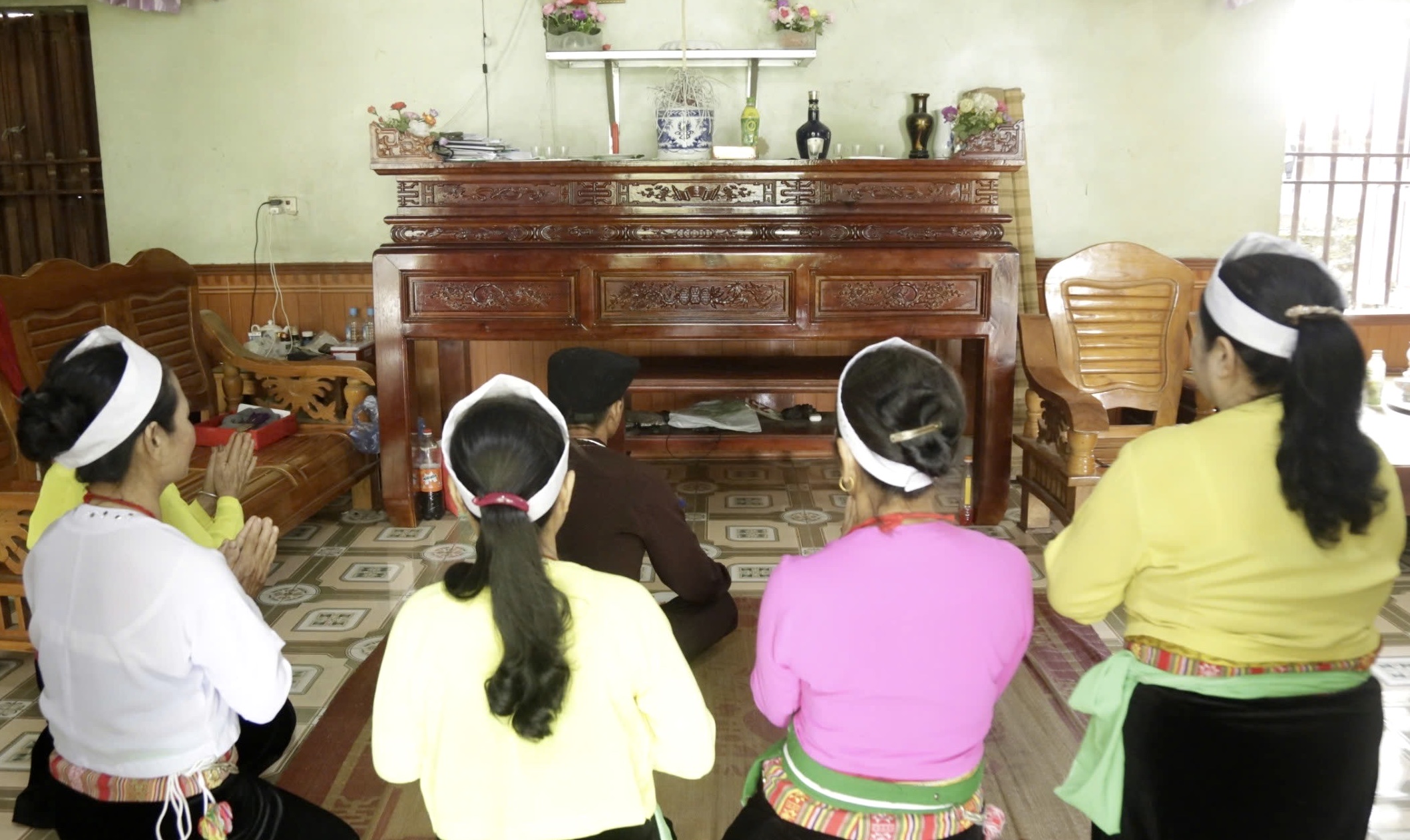
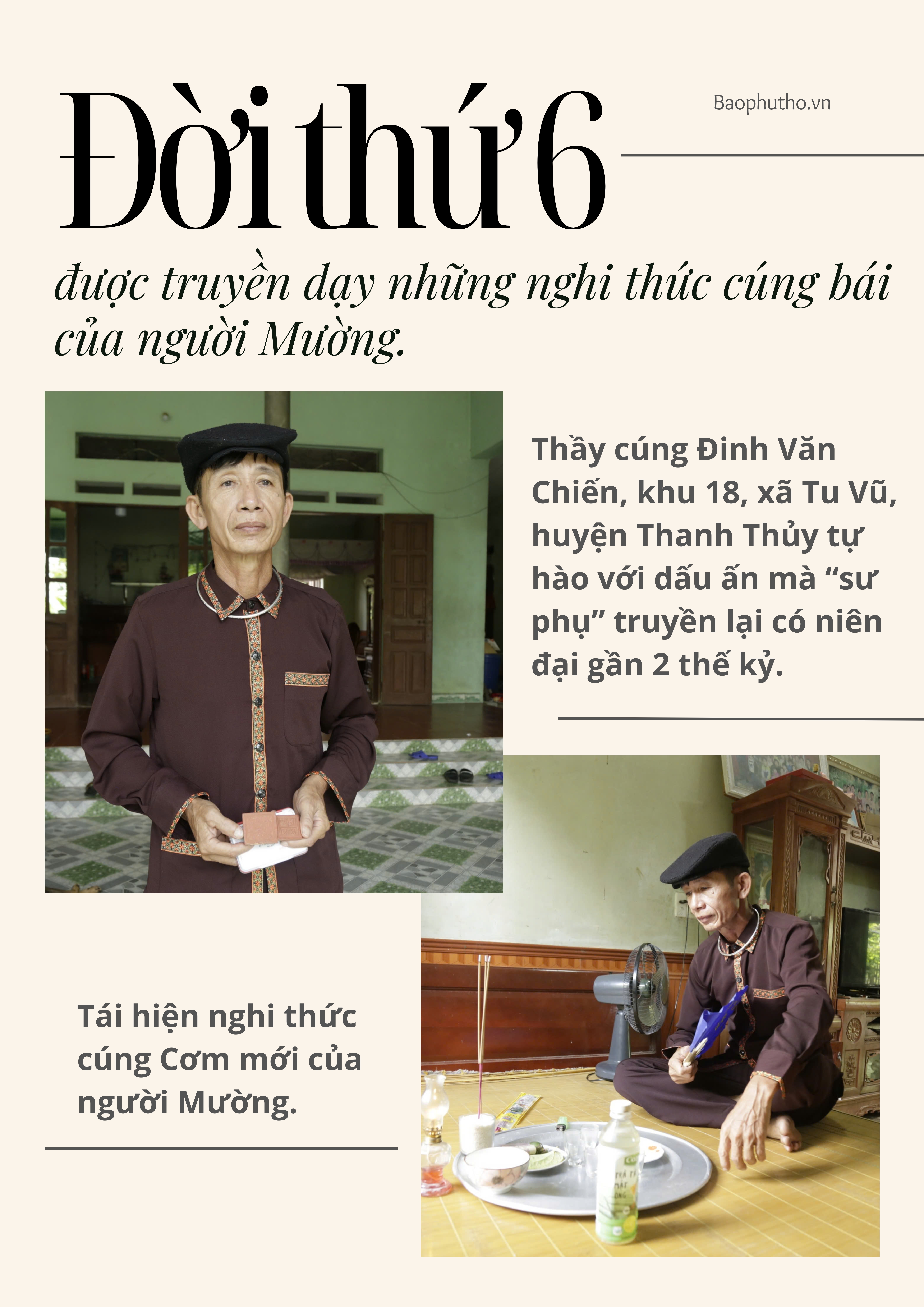
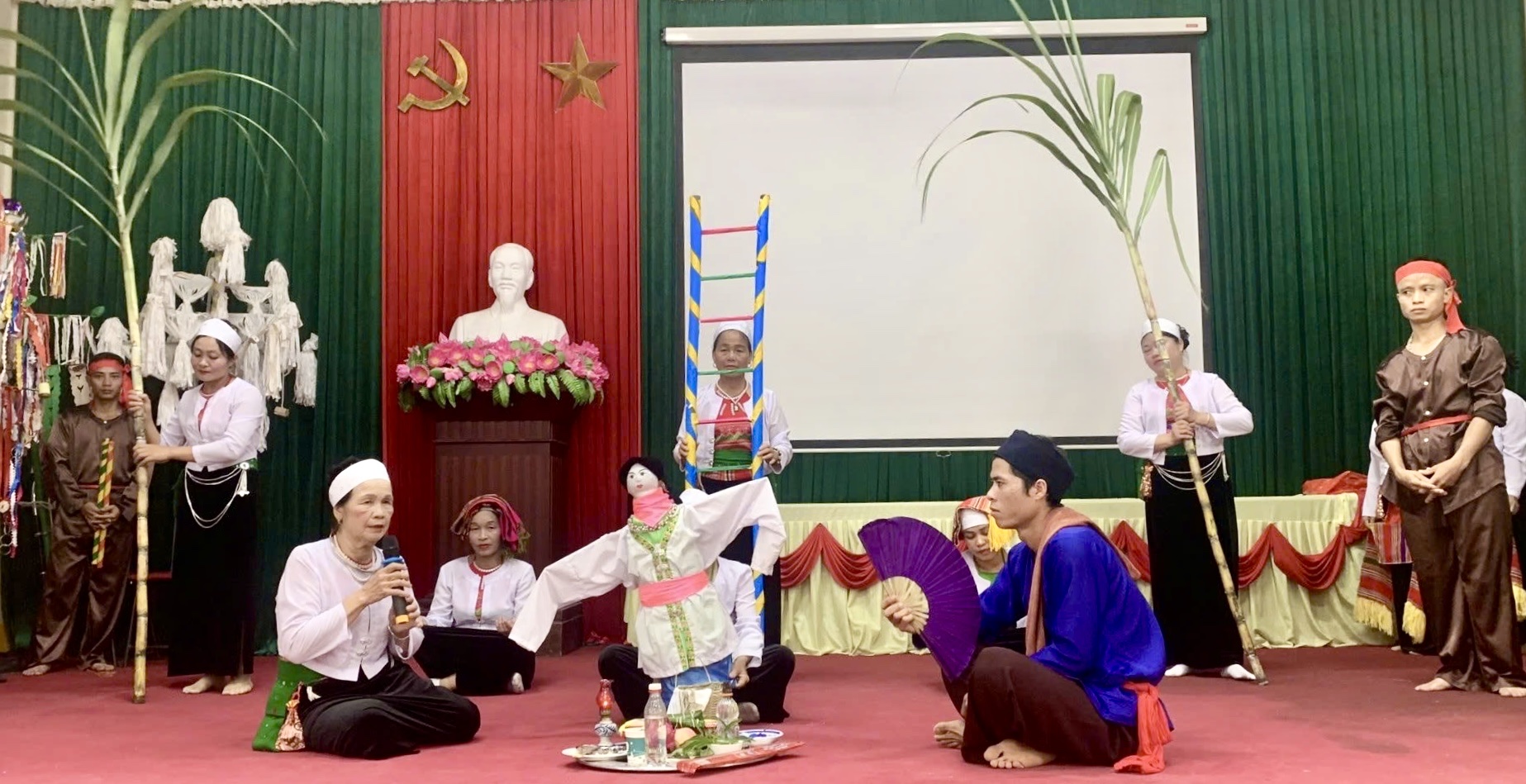
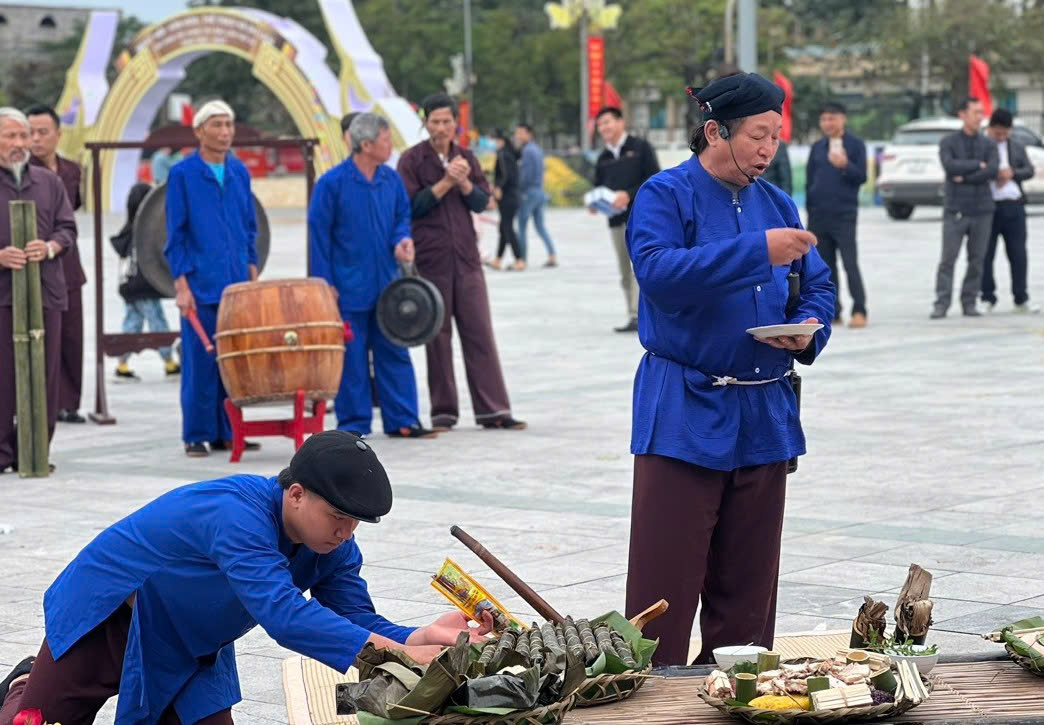

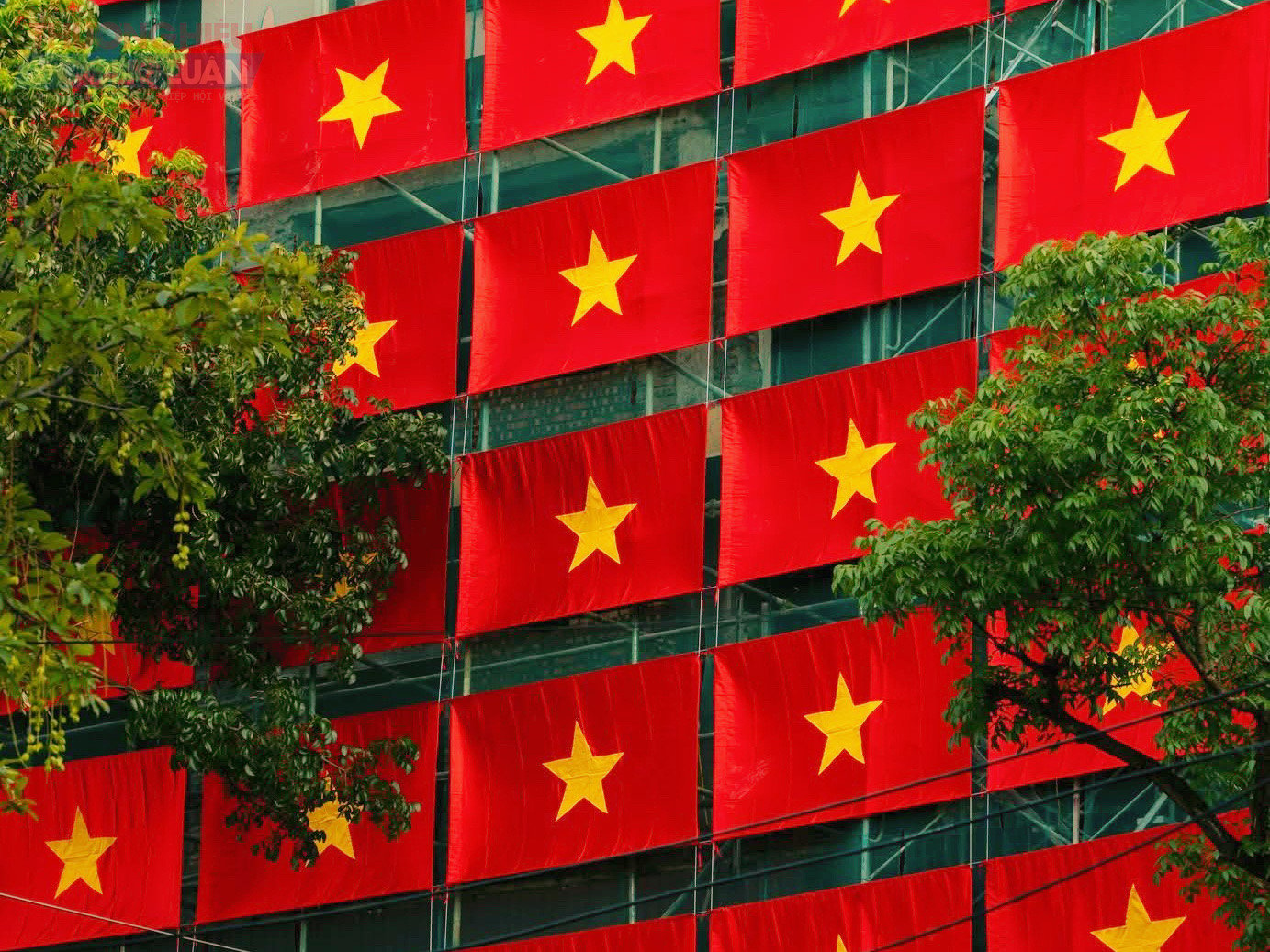
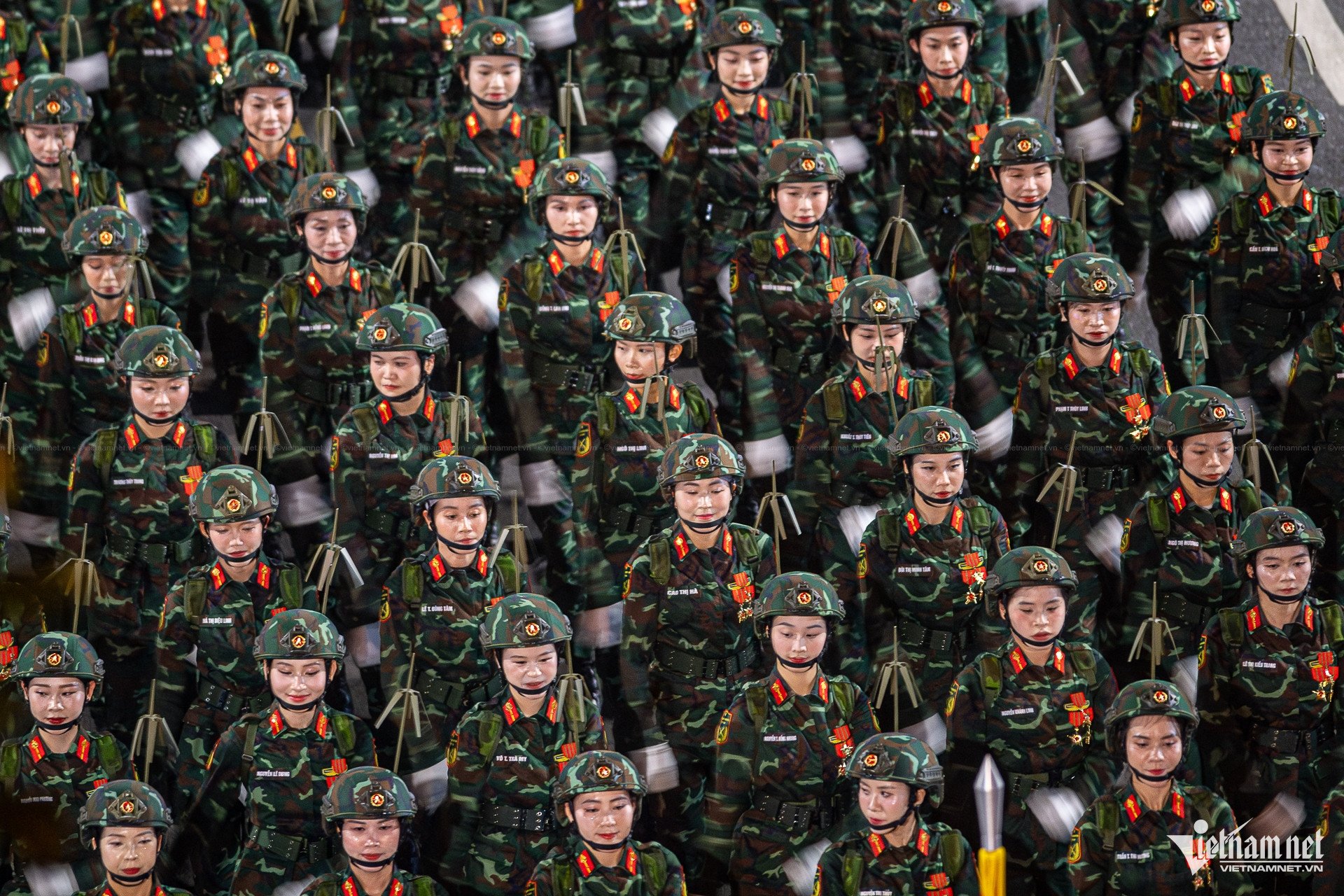
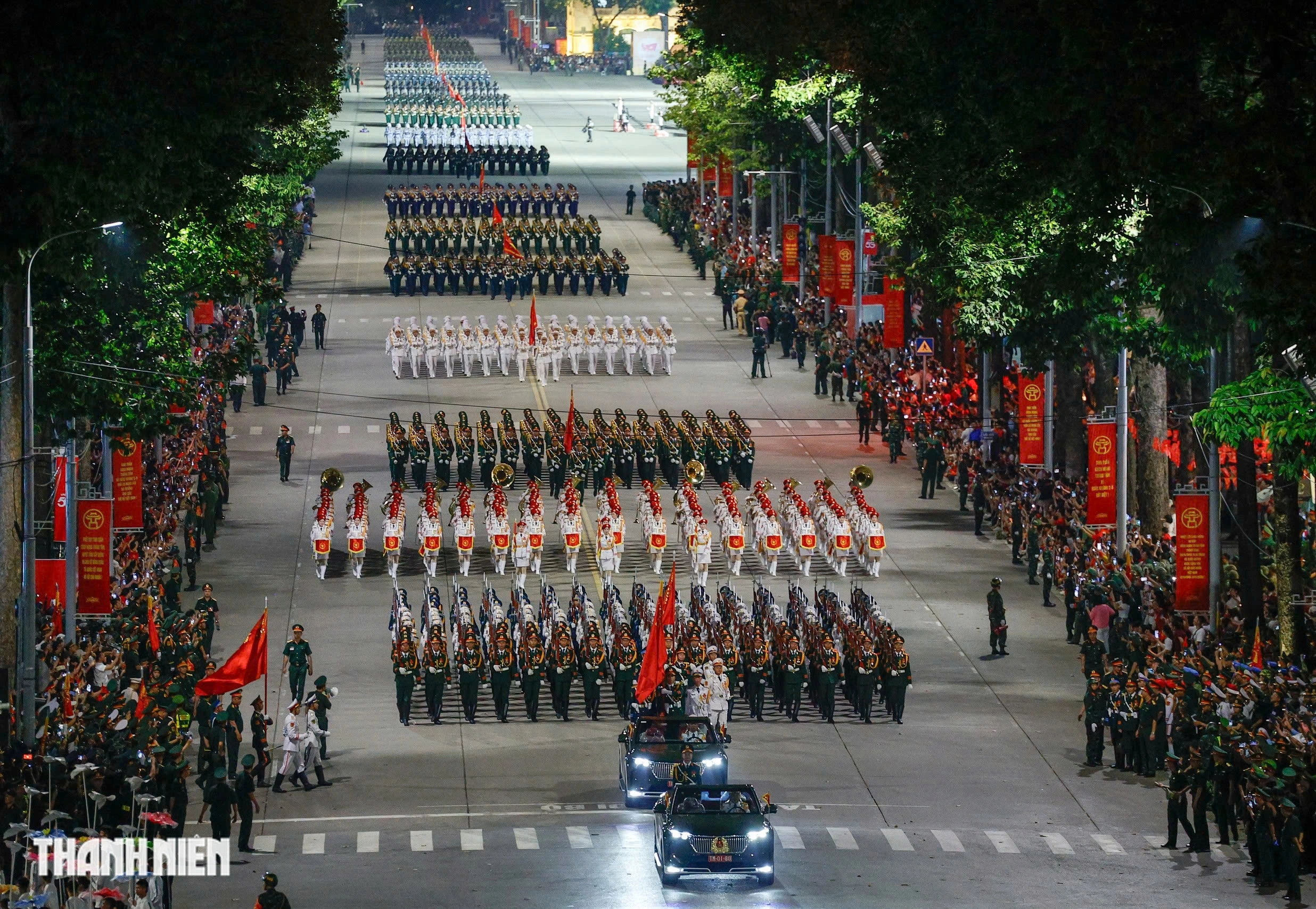
![[Photo] General Secretary To Lam attends the 80th anniversary of Vietnam's diplomacy](https://vstatic.vietnam.vn/vietnam/resource/IMAGE/2025/8/25/3dc715efdbf74937b6fe8072bac5cb30)

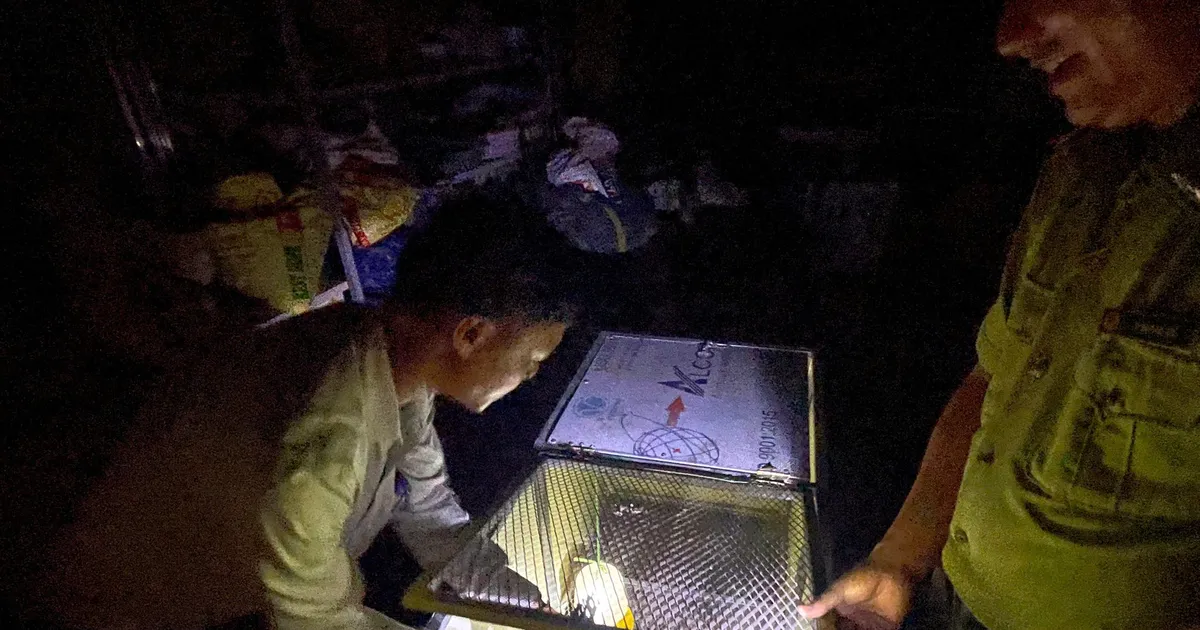

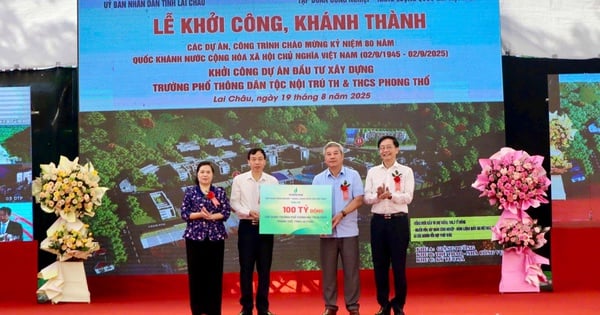

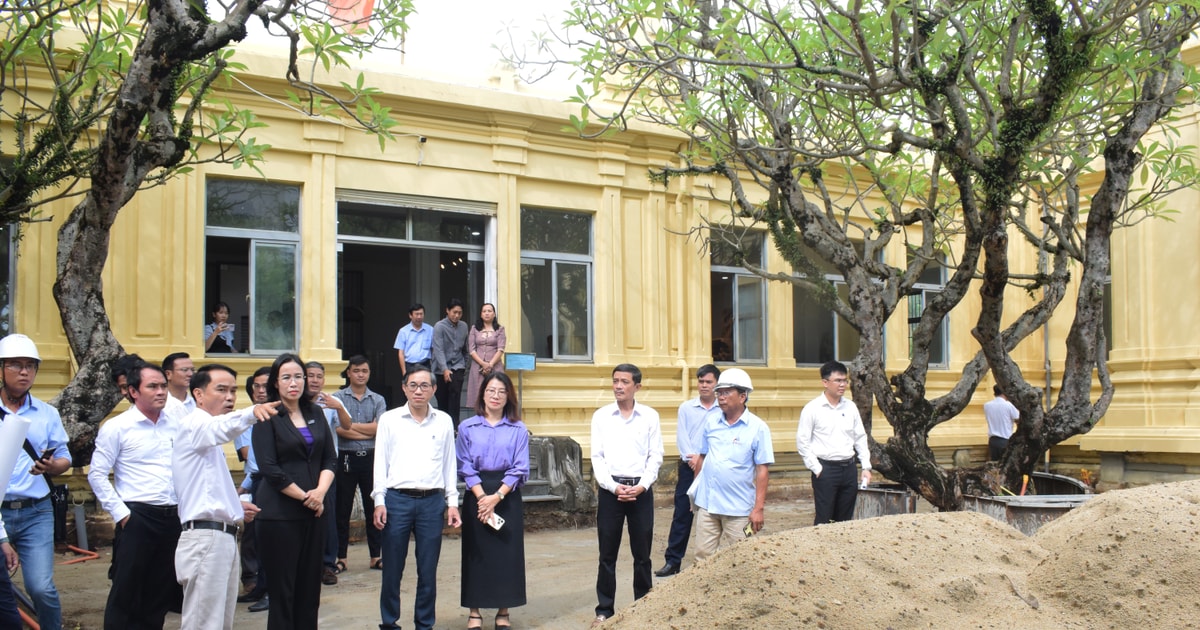

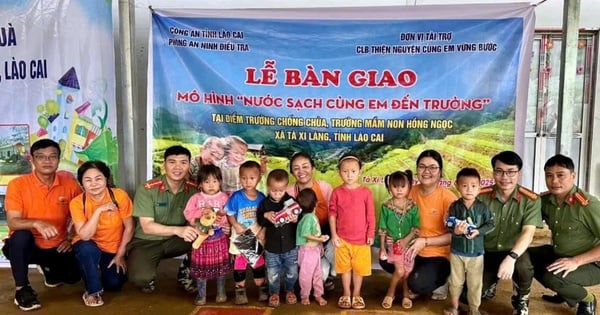
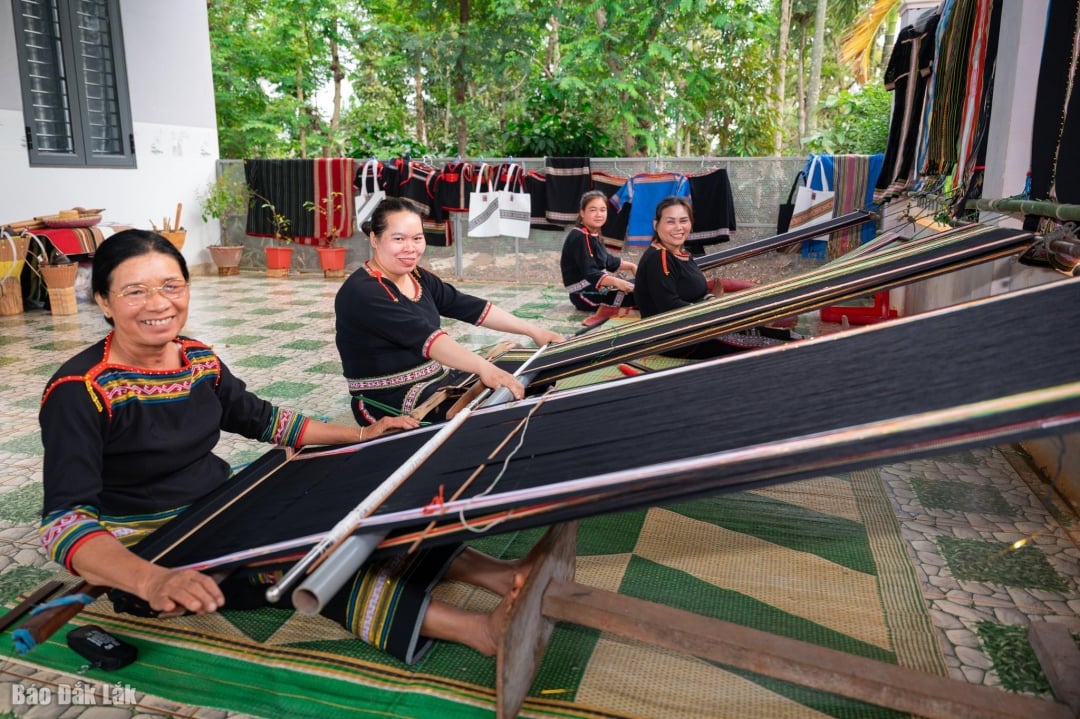

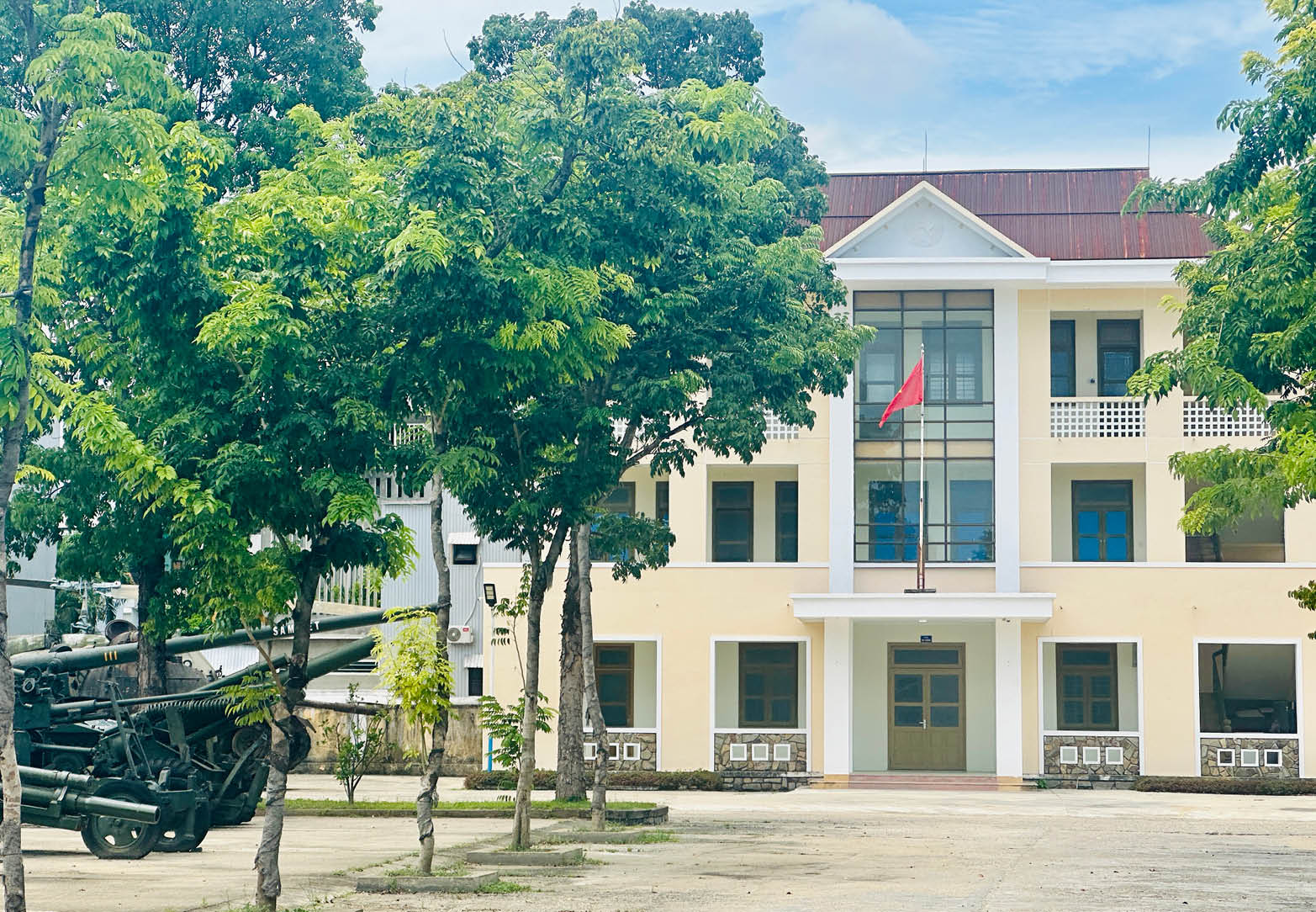

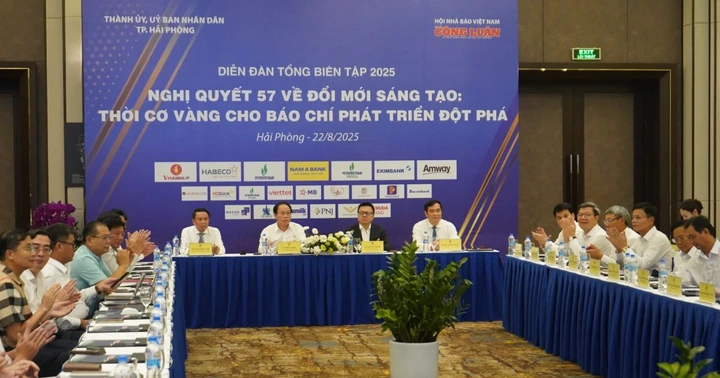

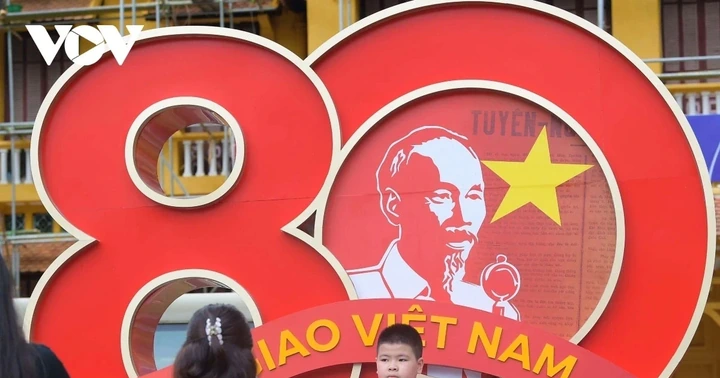



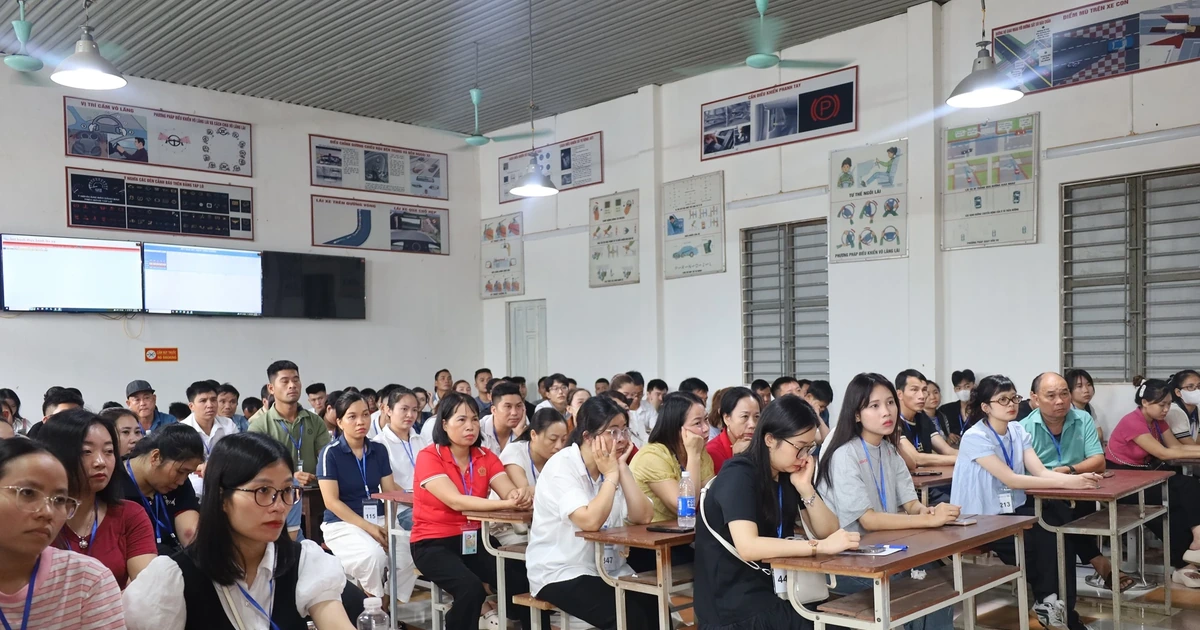




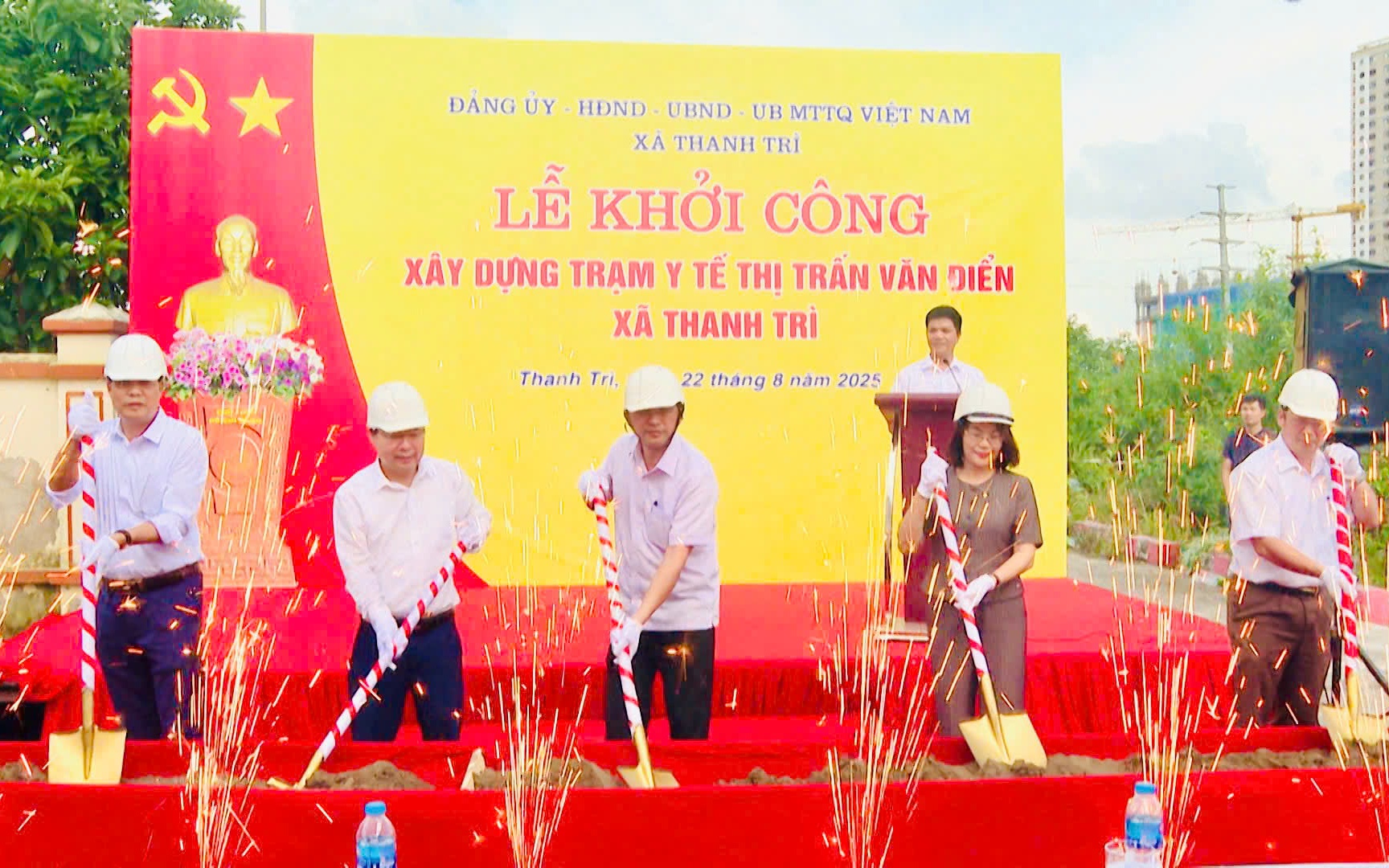

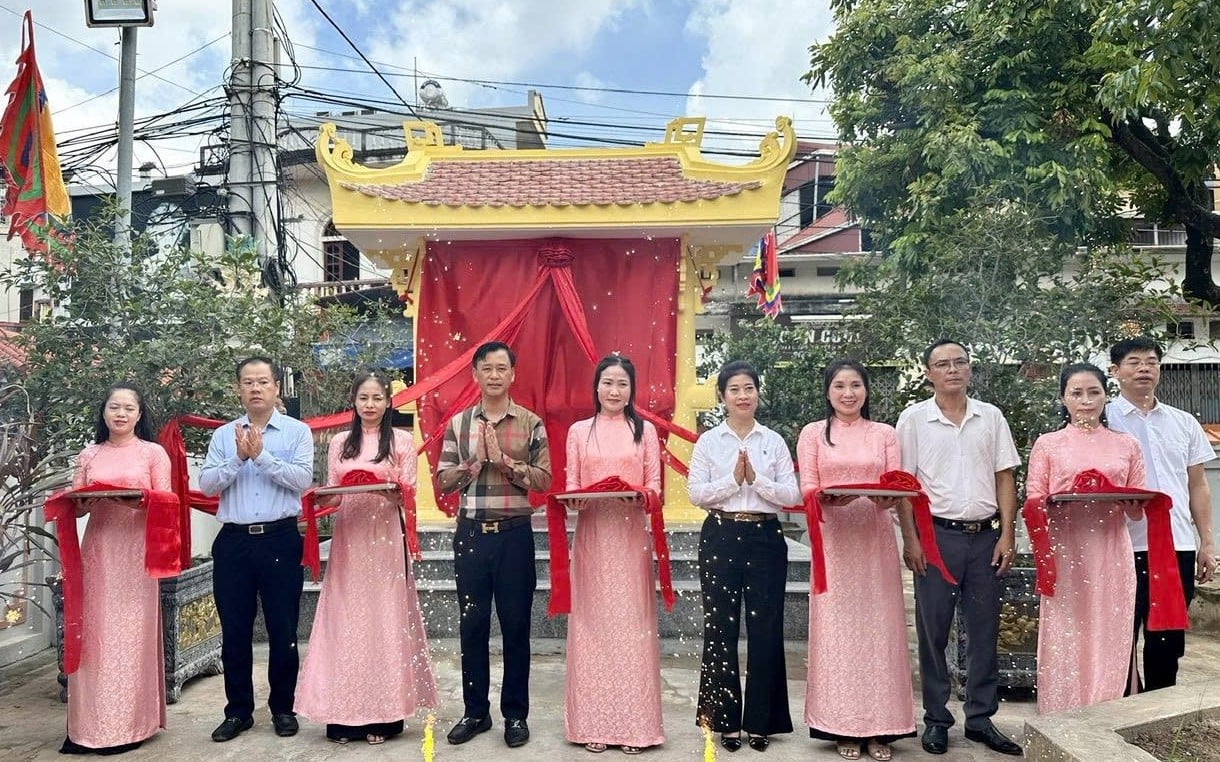
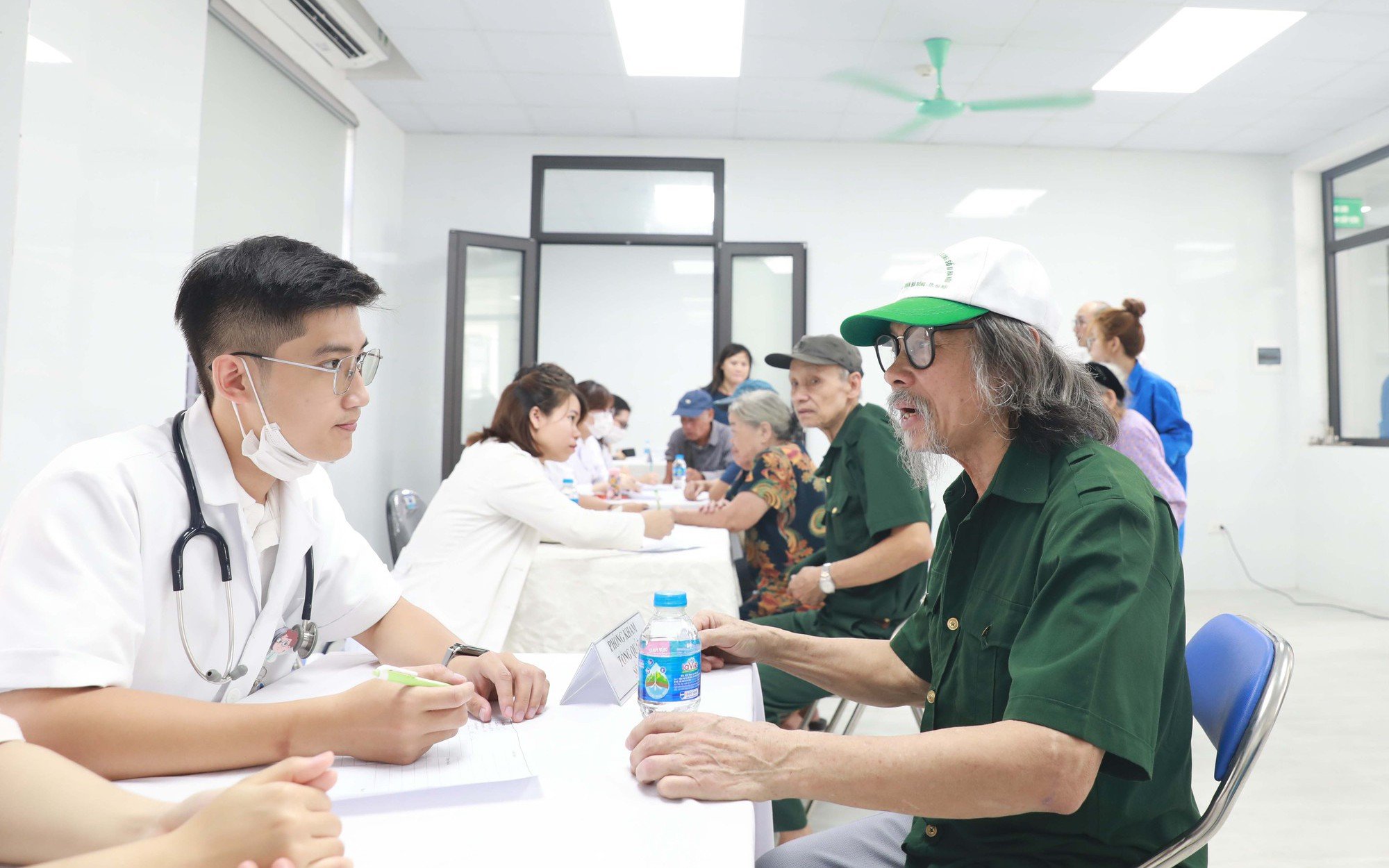
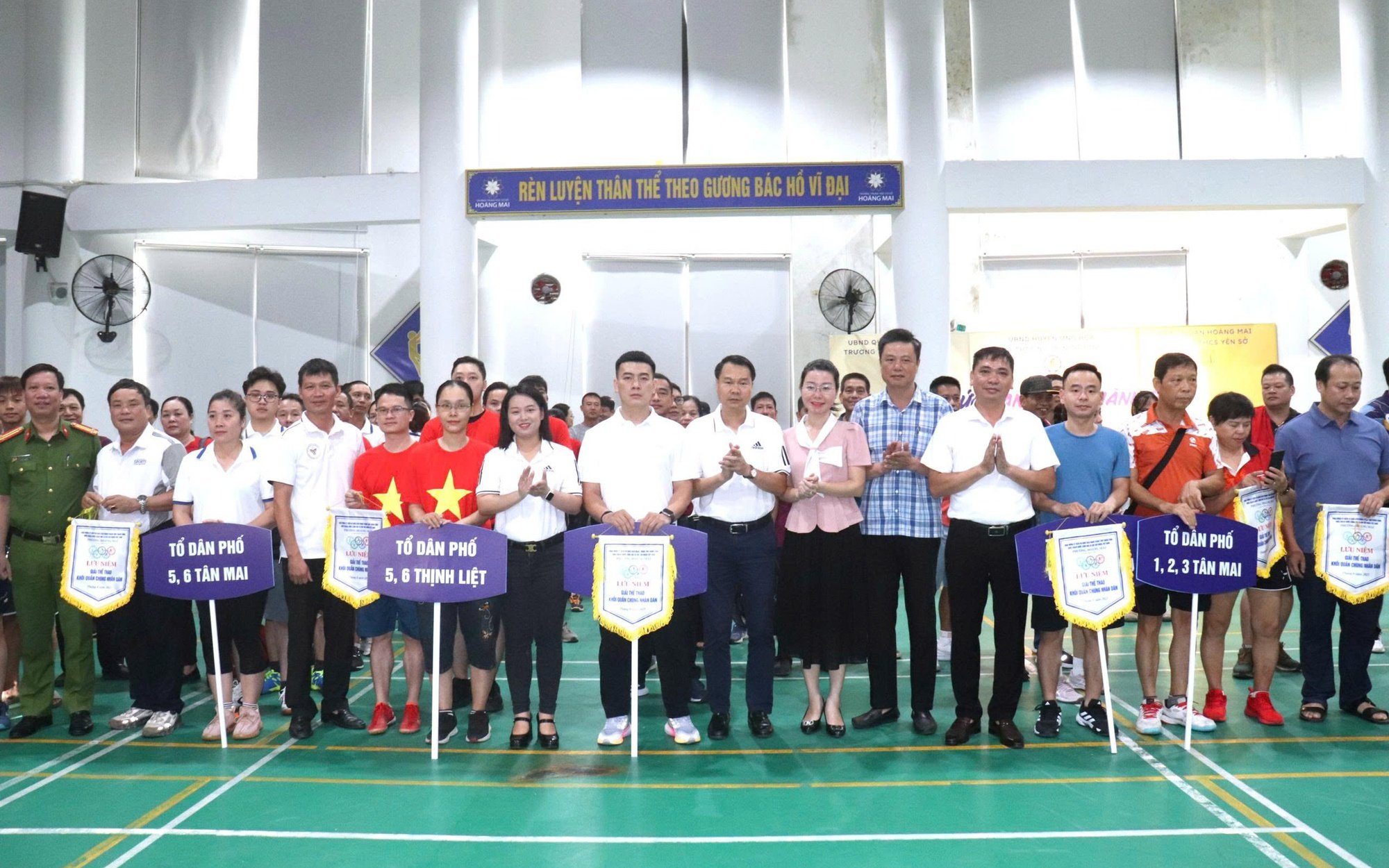
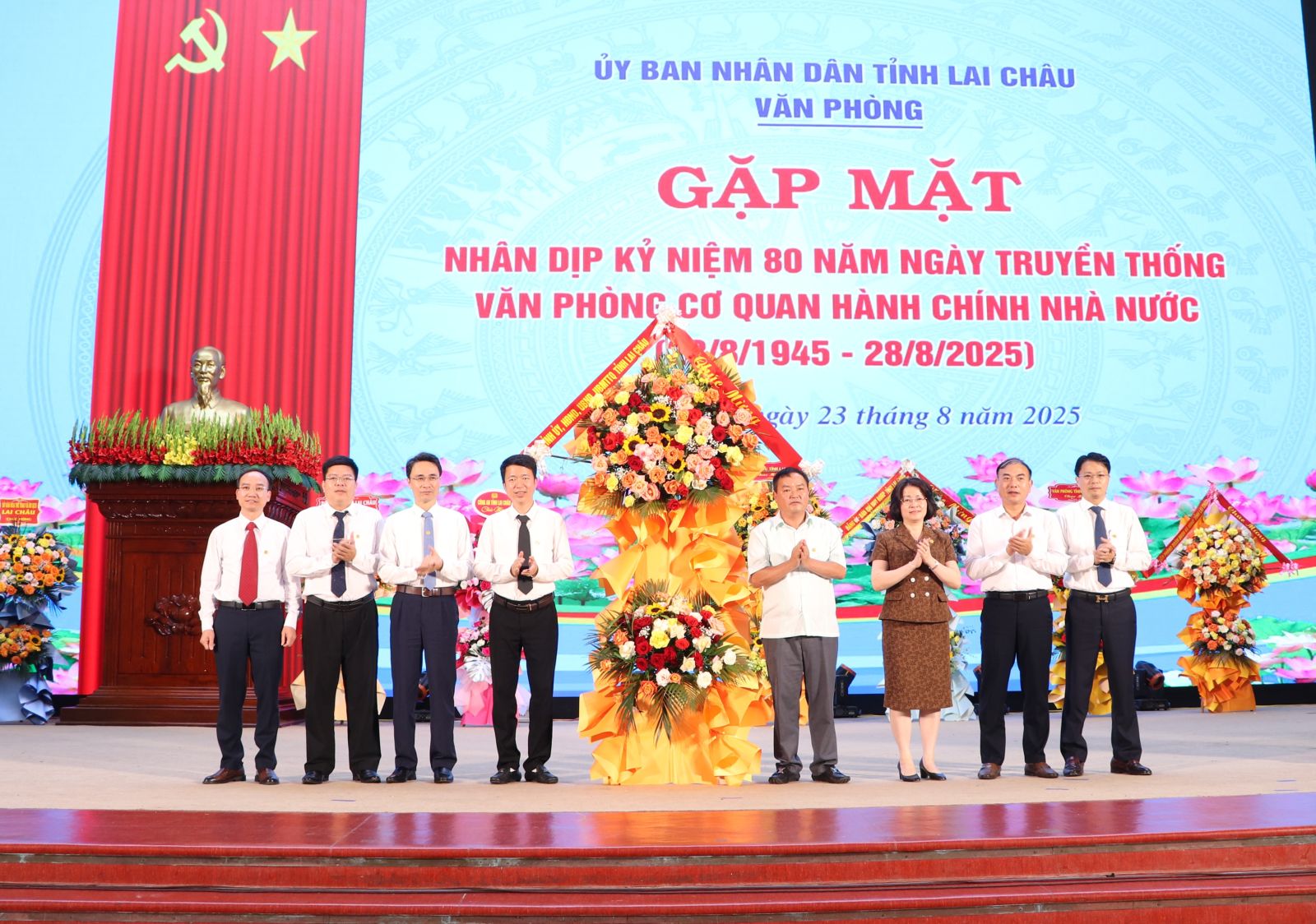


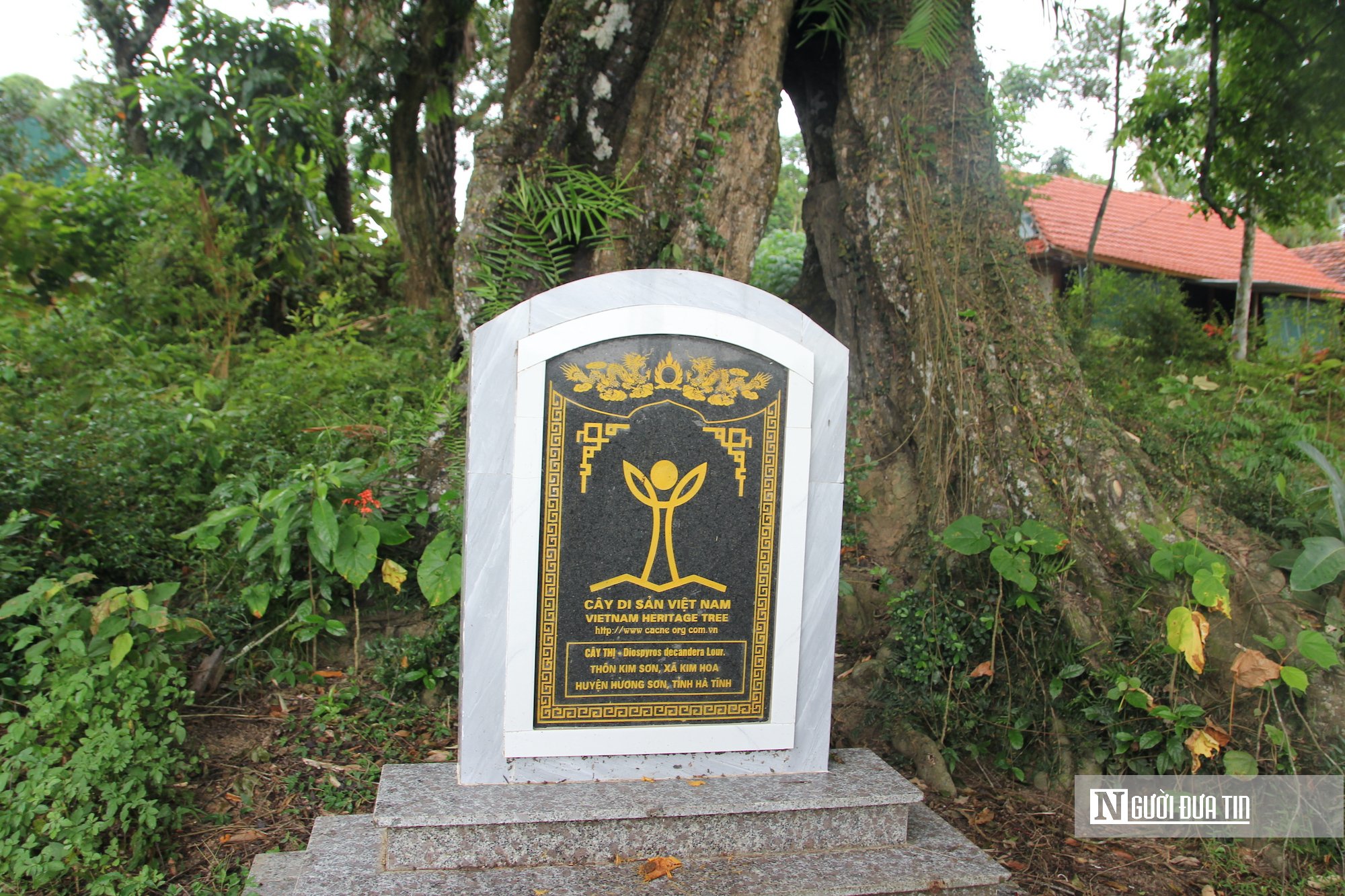
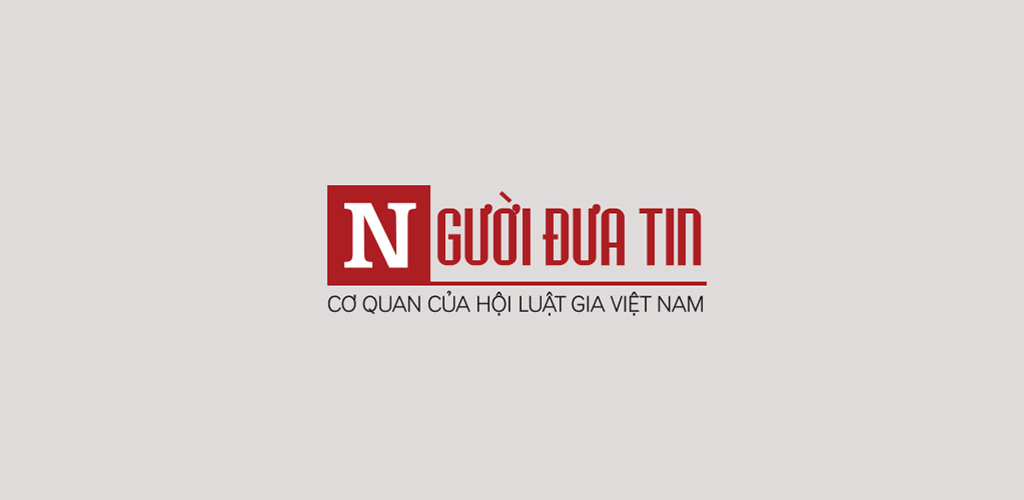
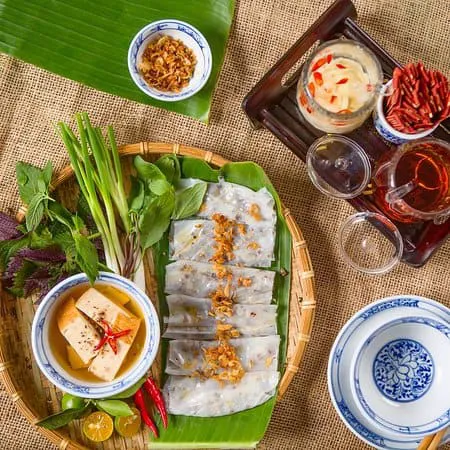

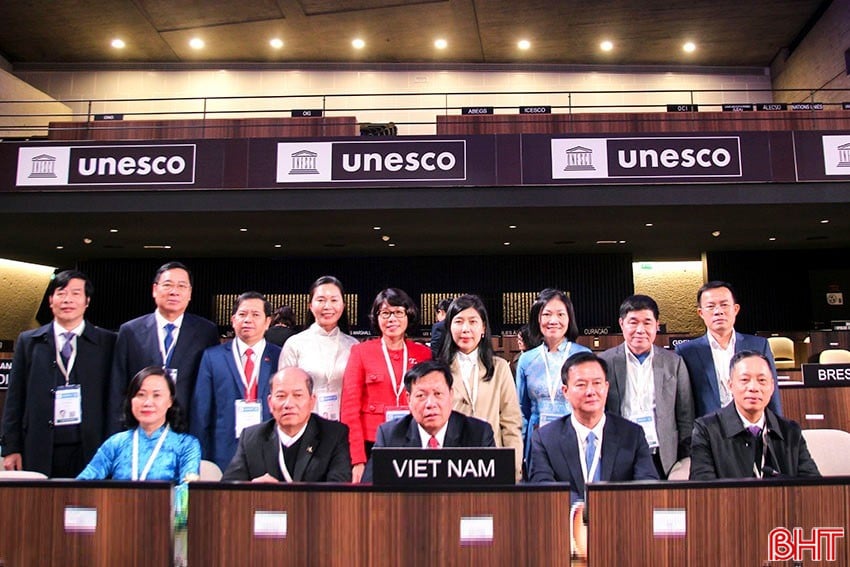

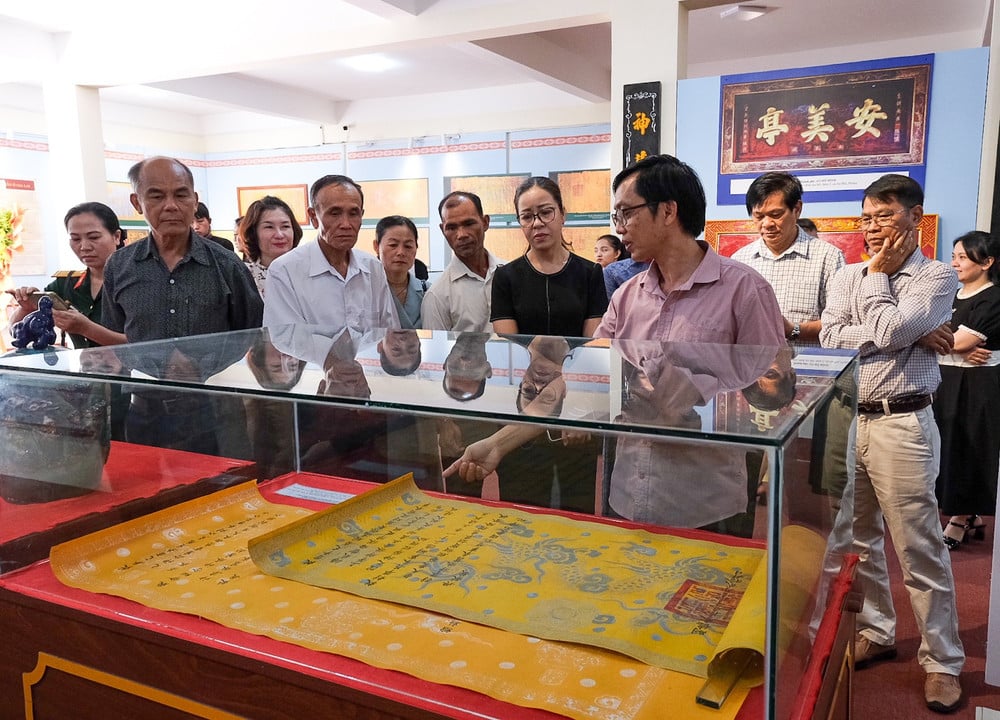

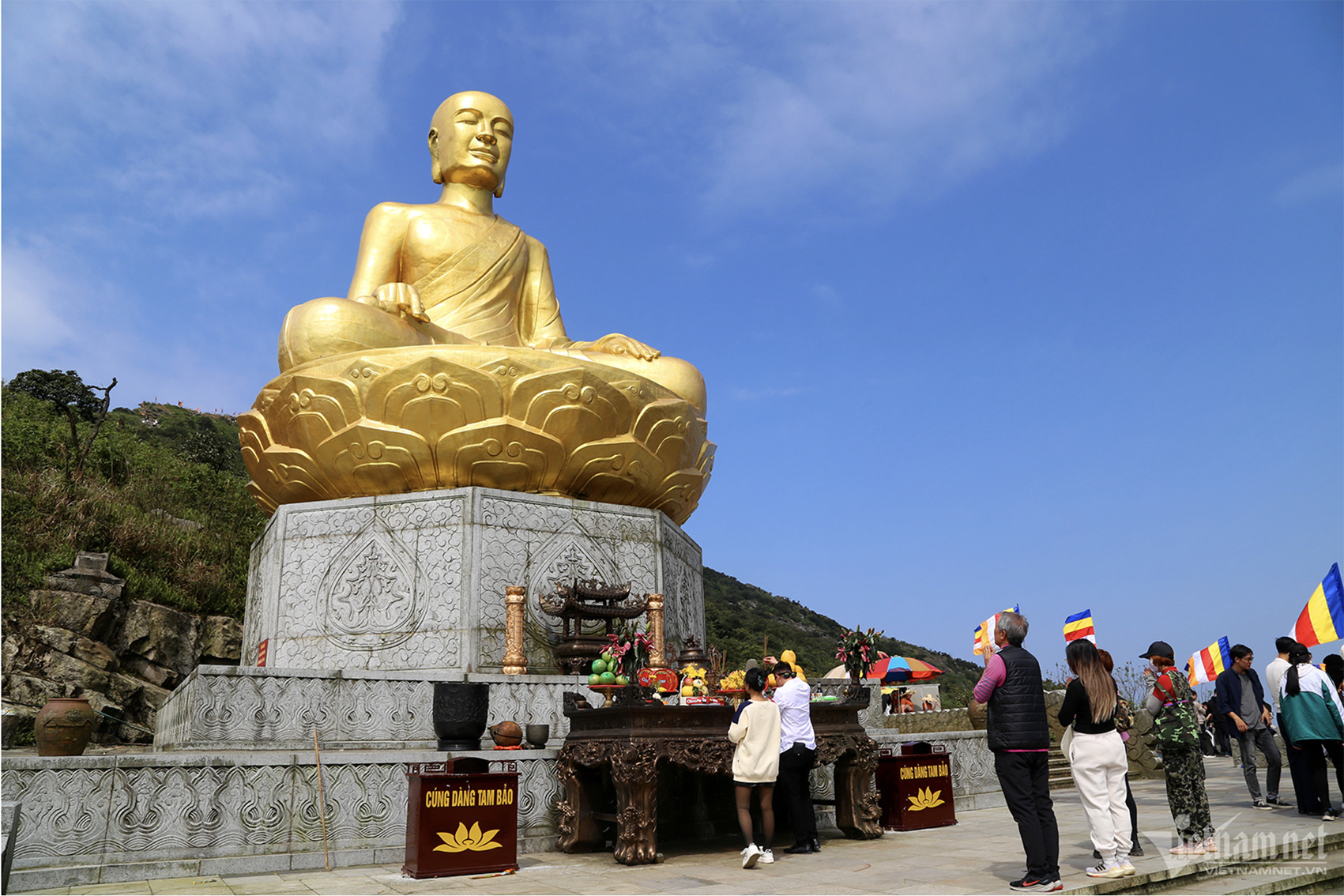

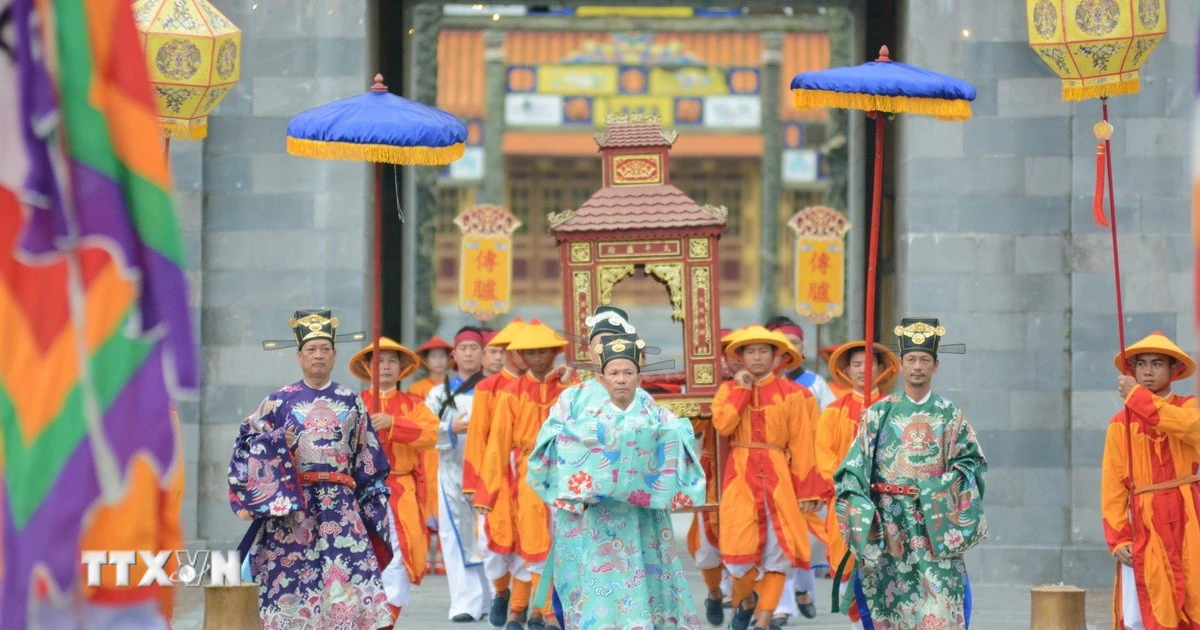

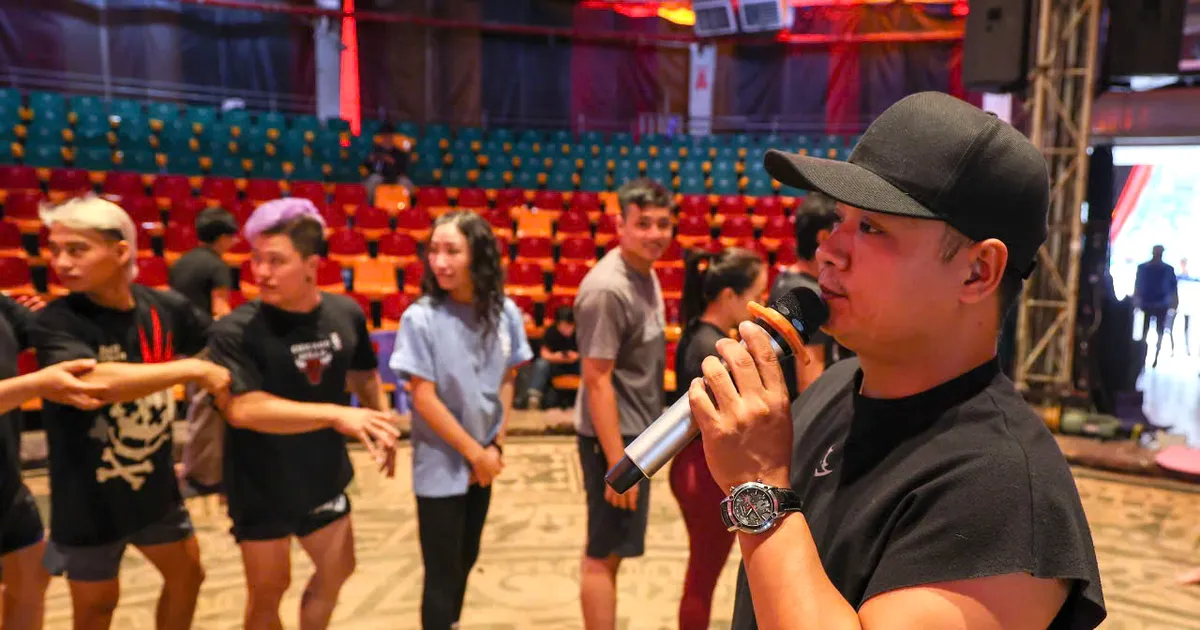
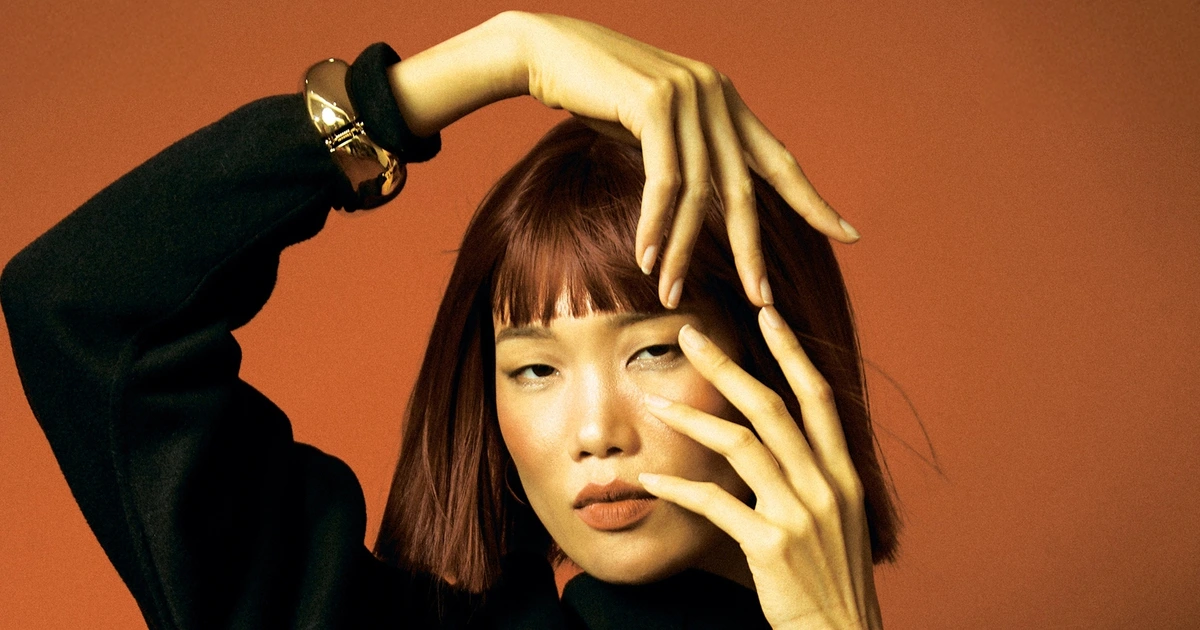



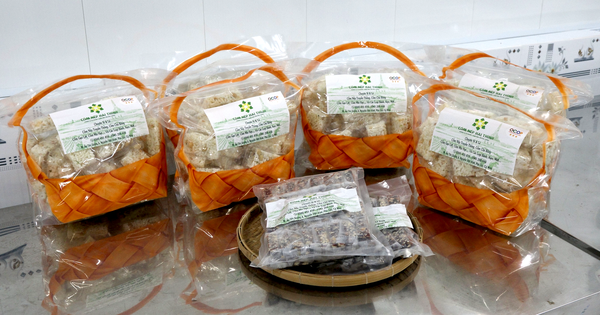
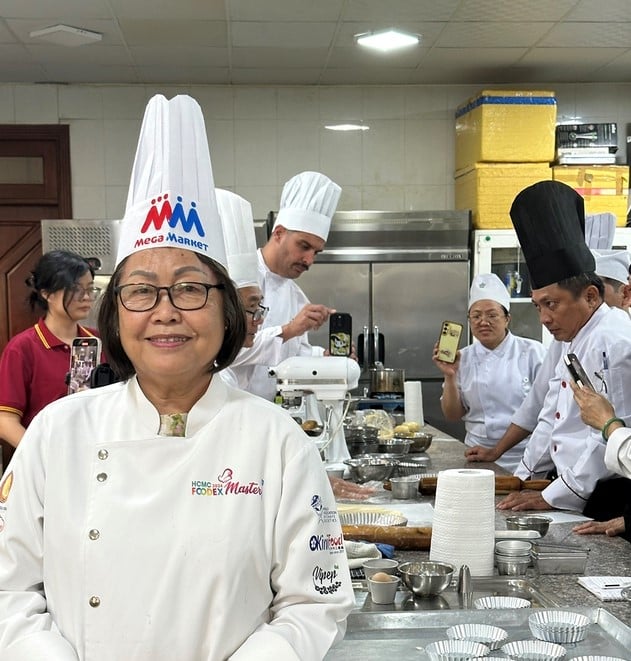
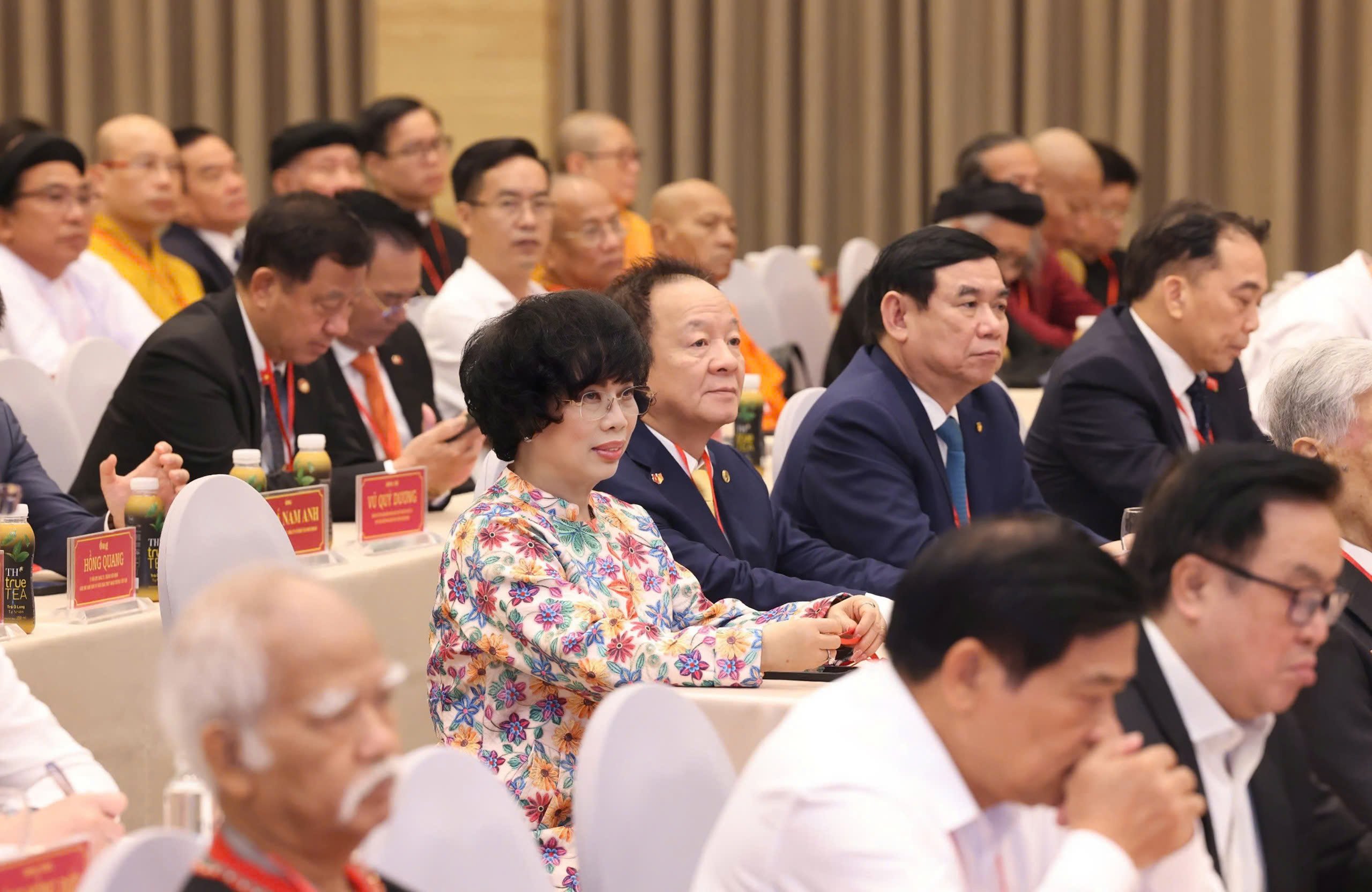
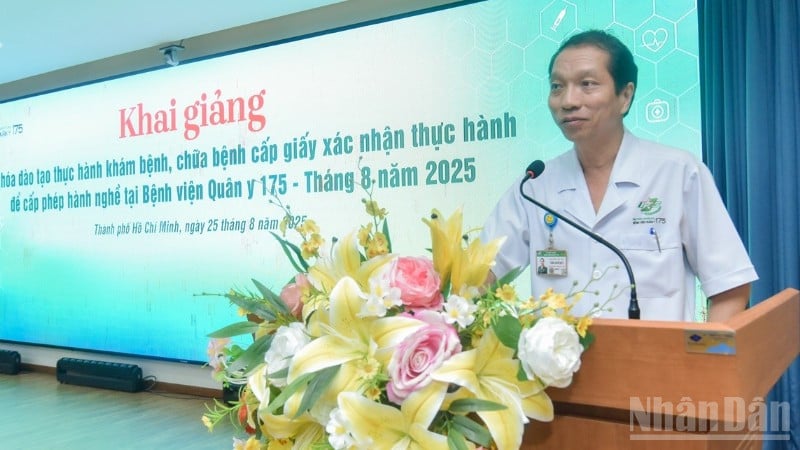

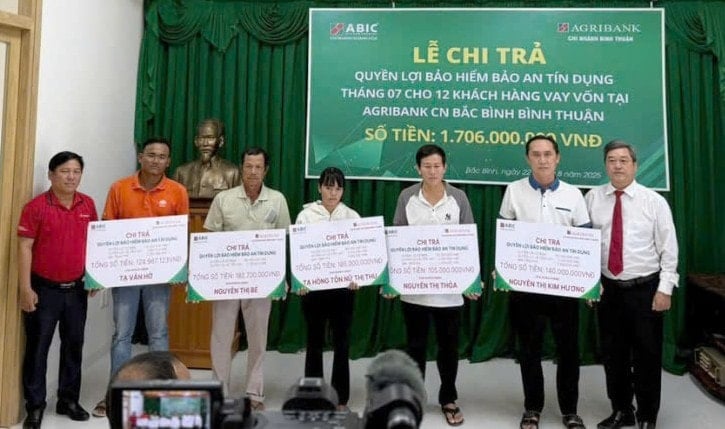



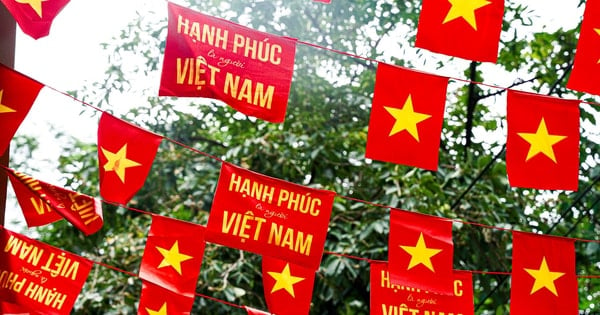

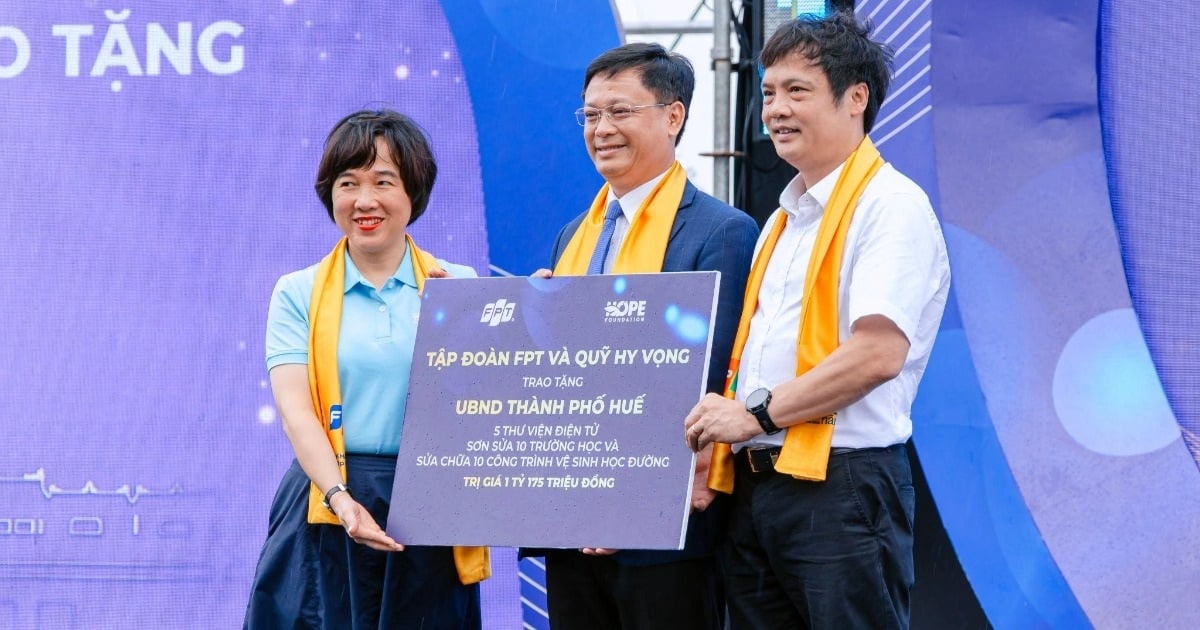

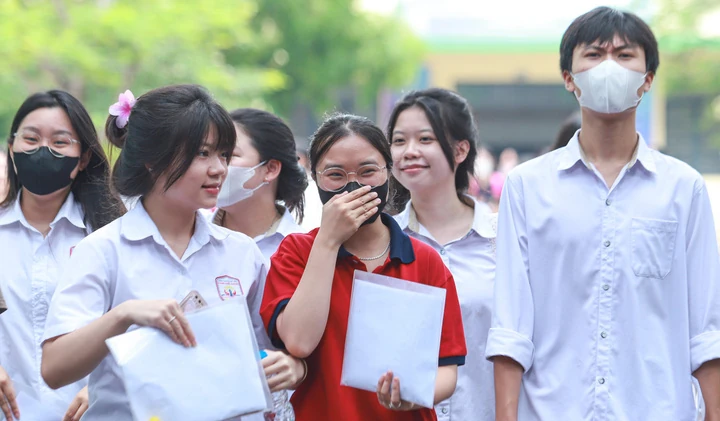




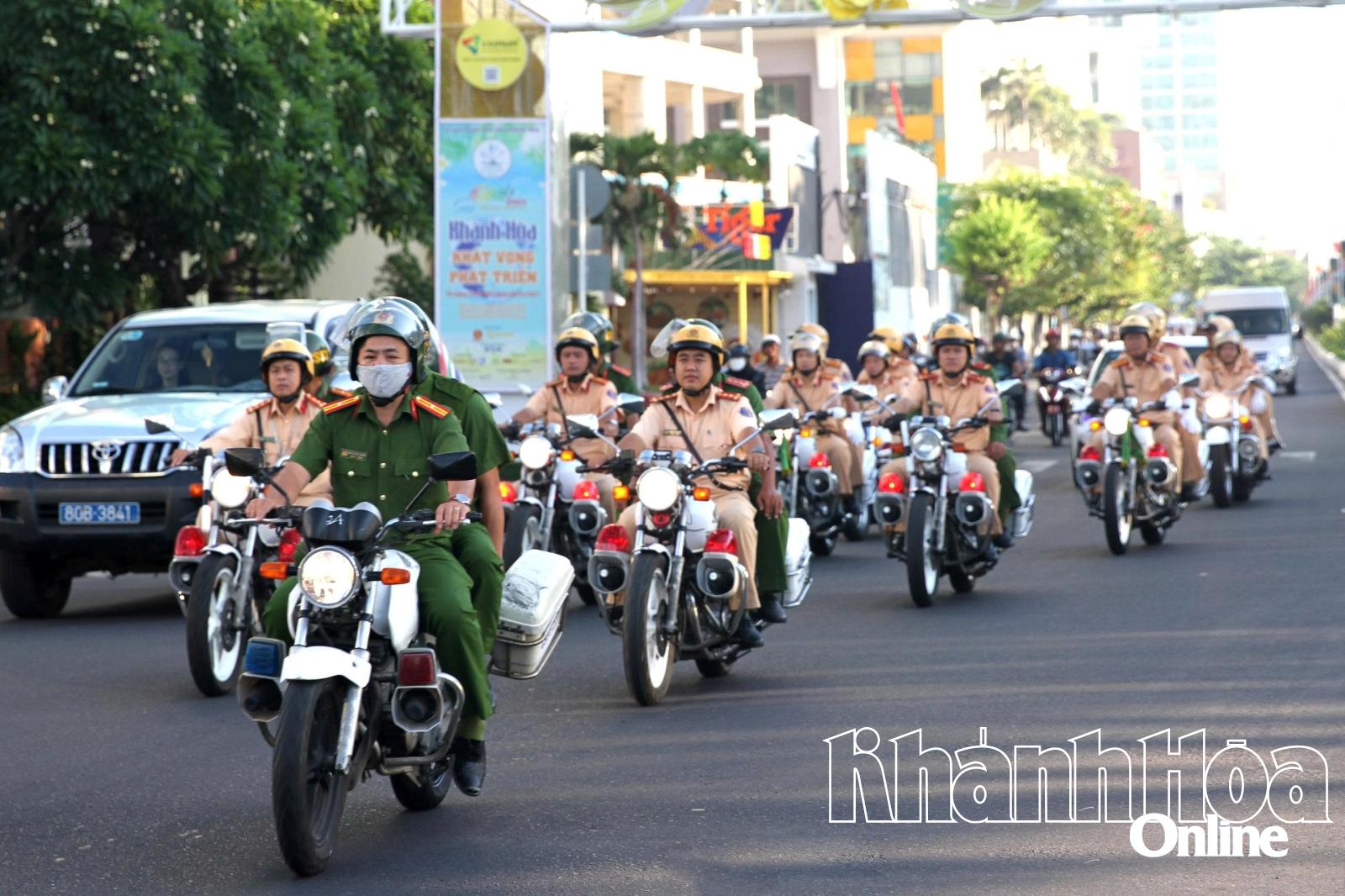



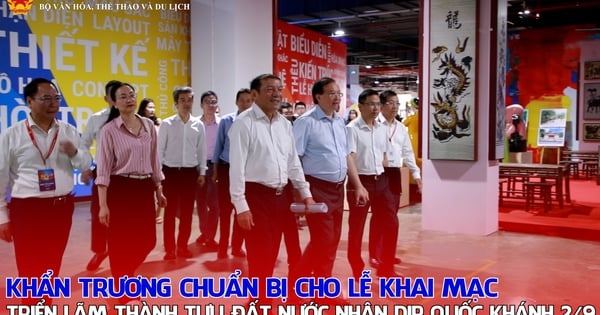




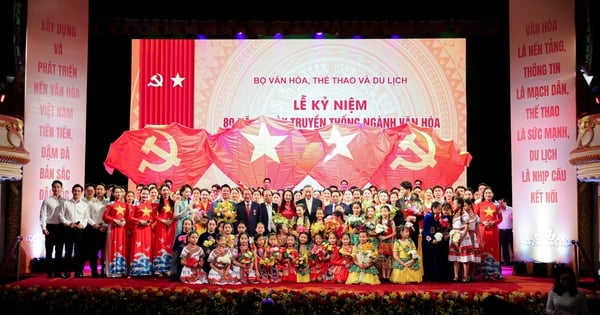
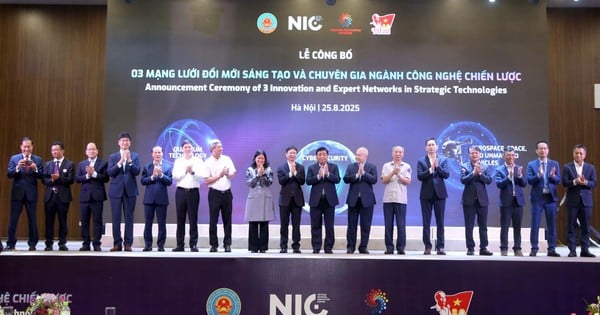

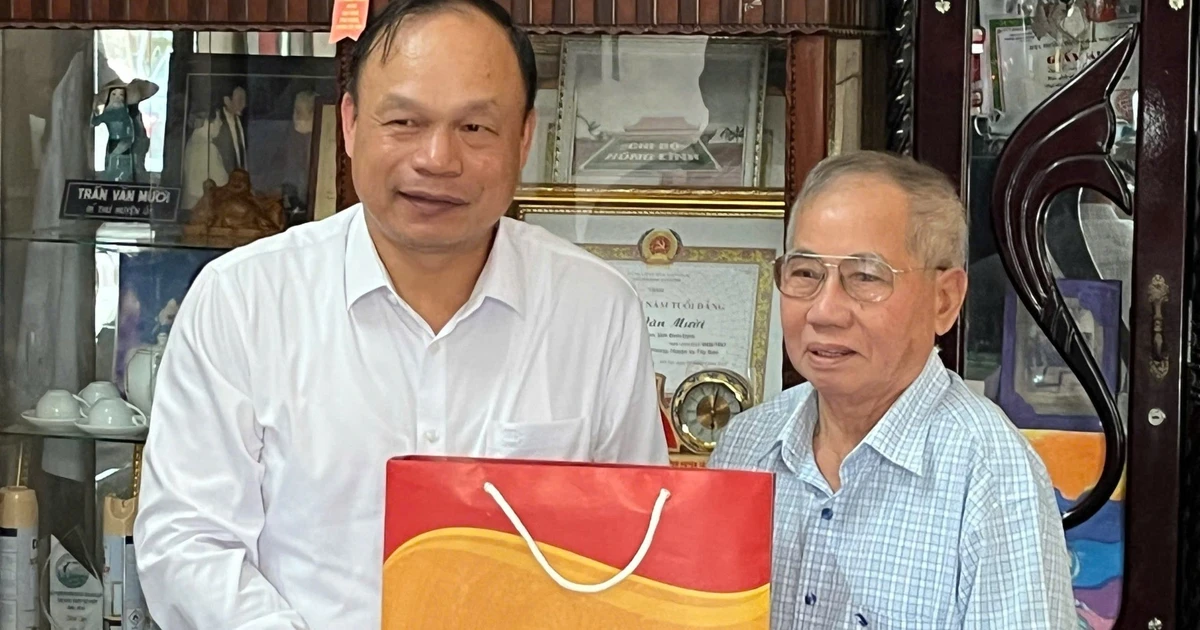
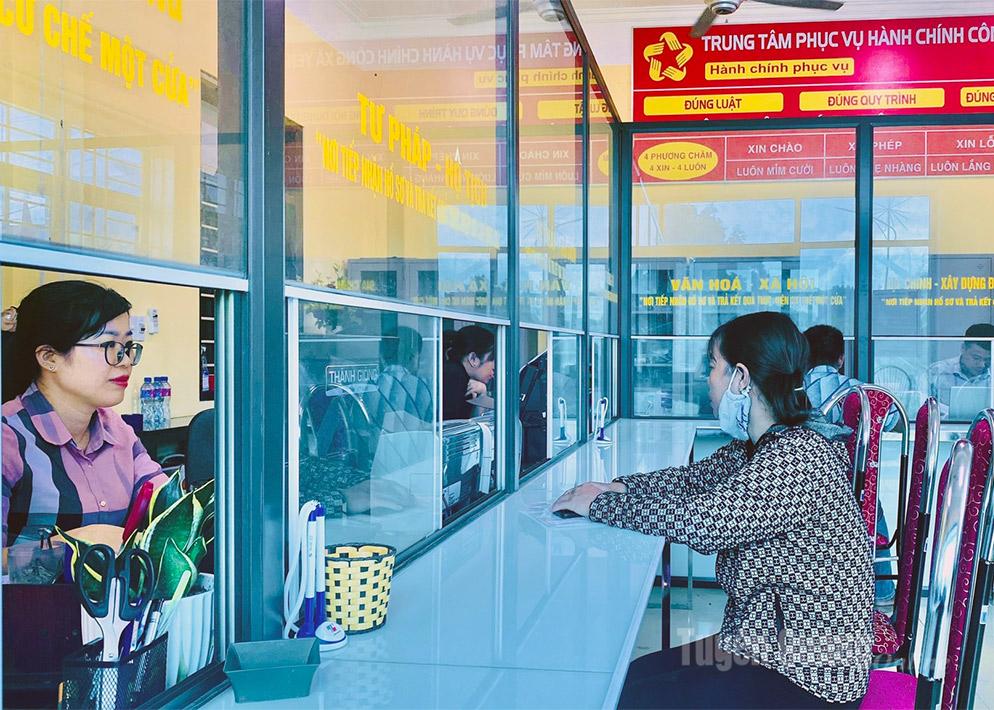

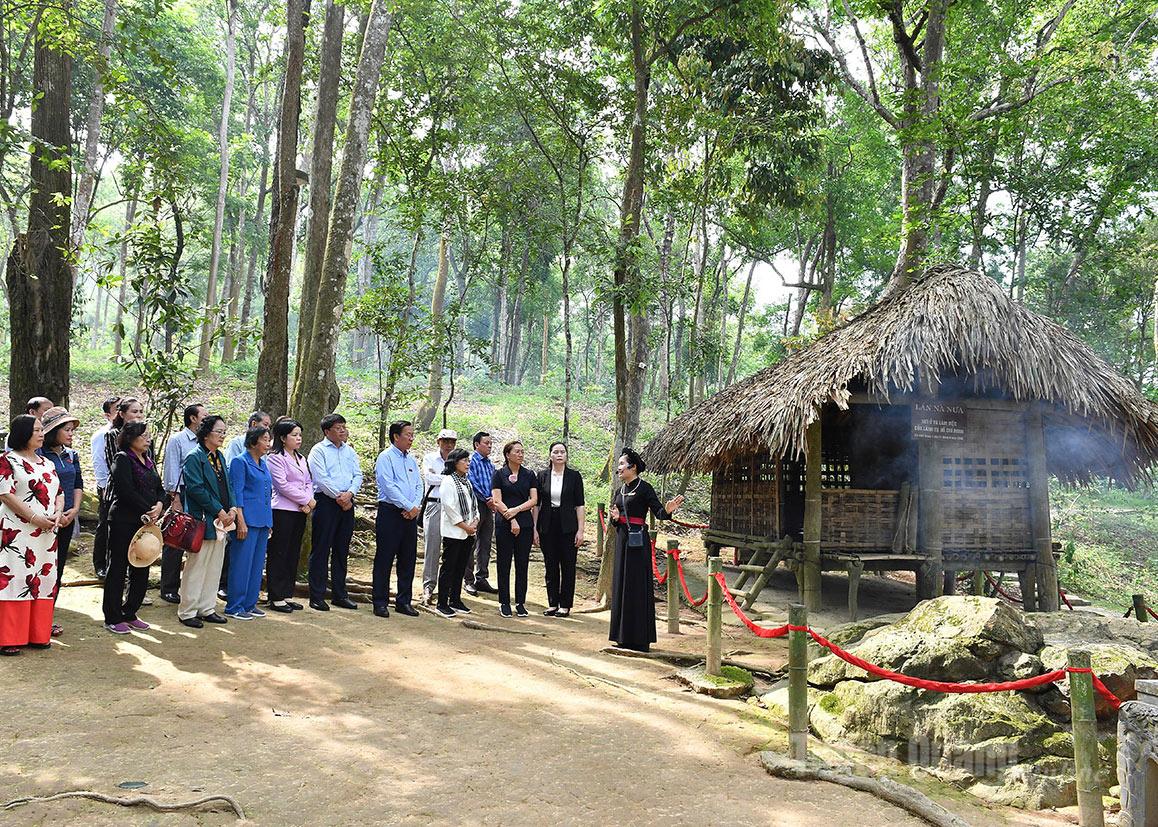
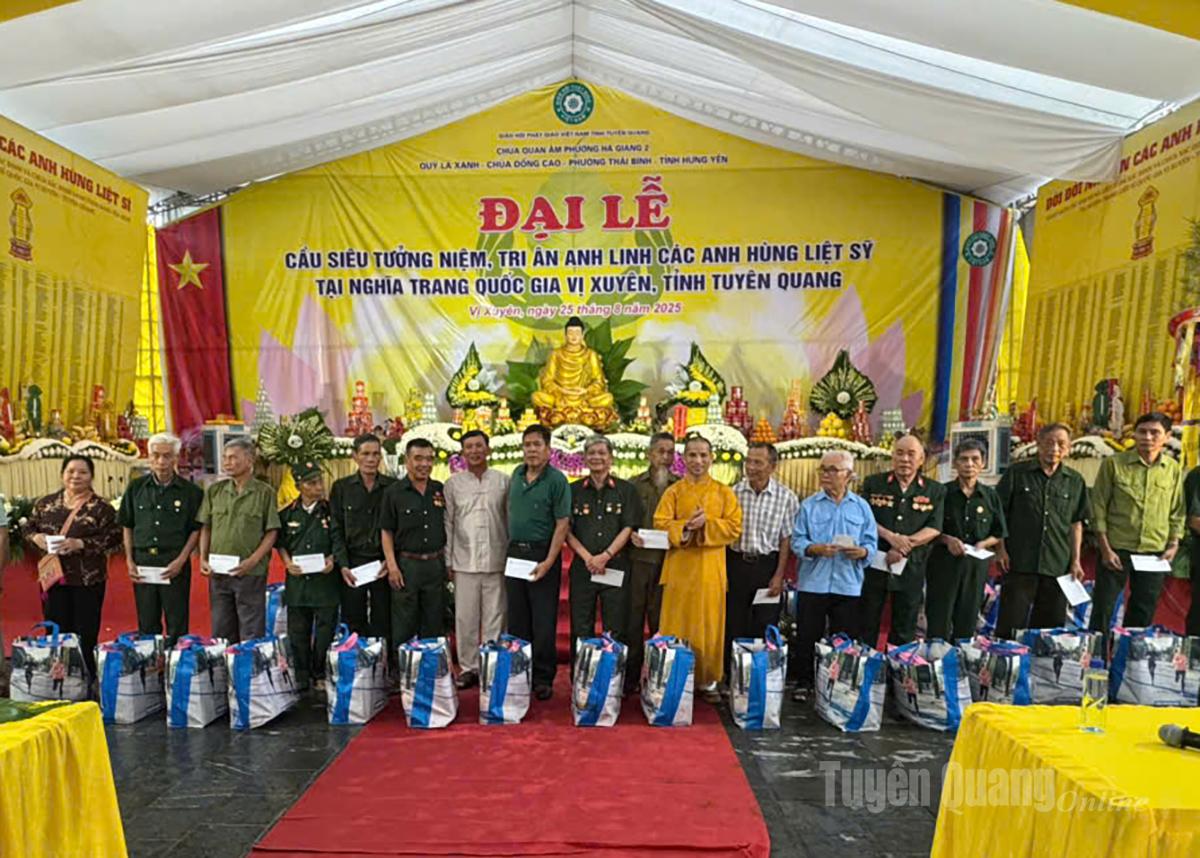
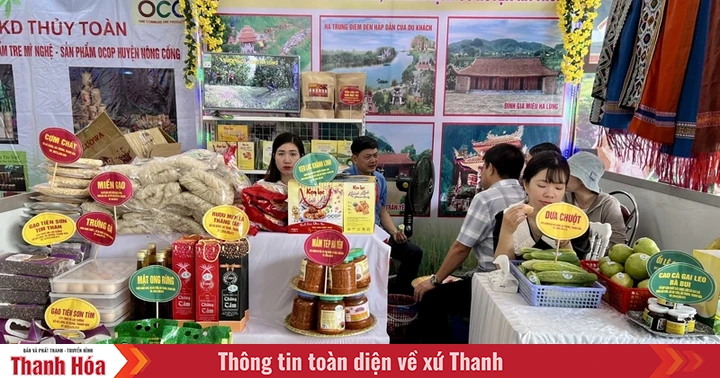

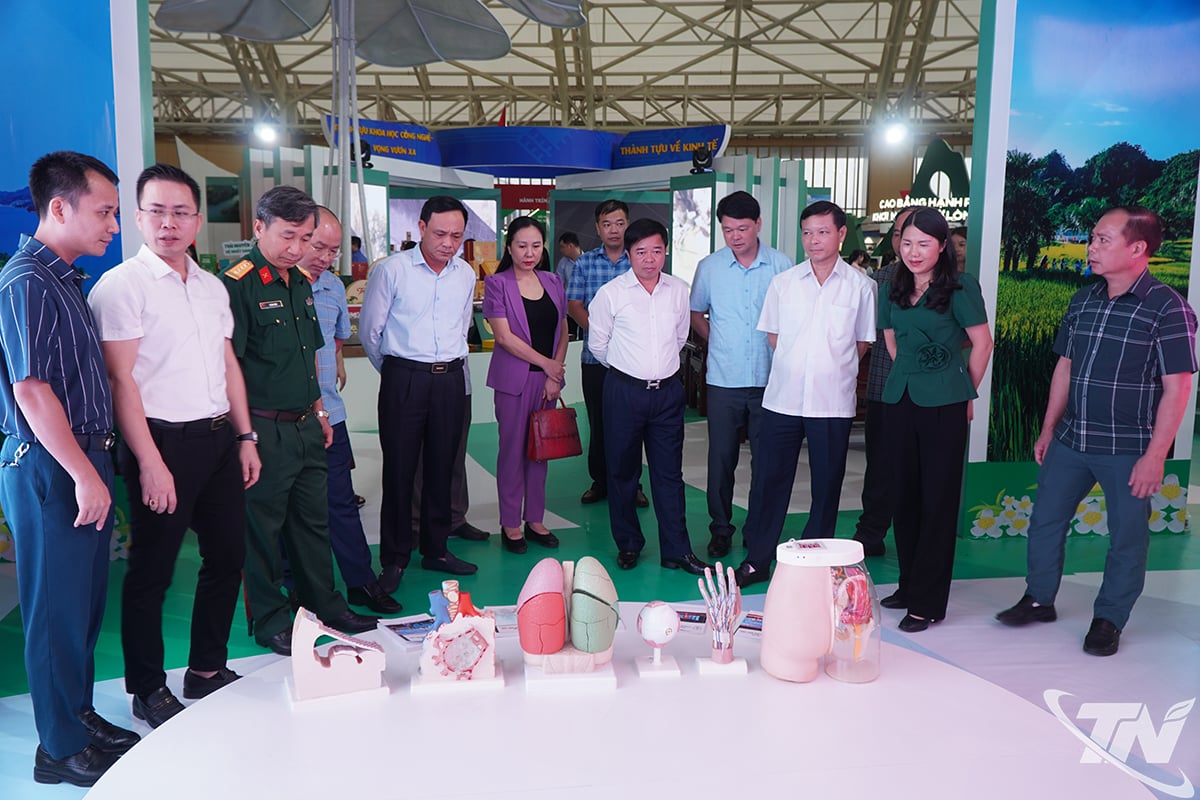






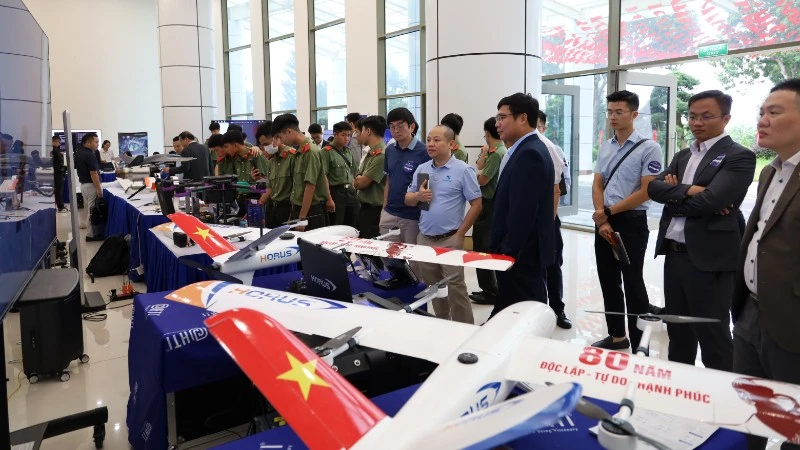
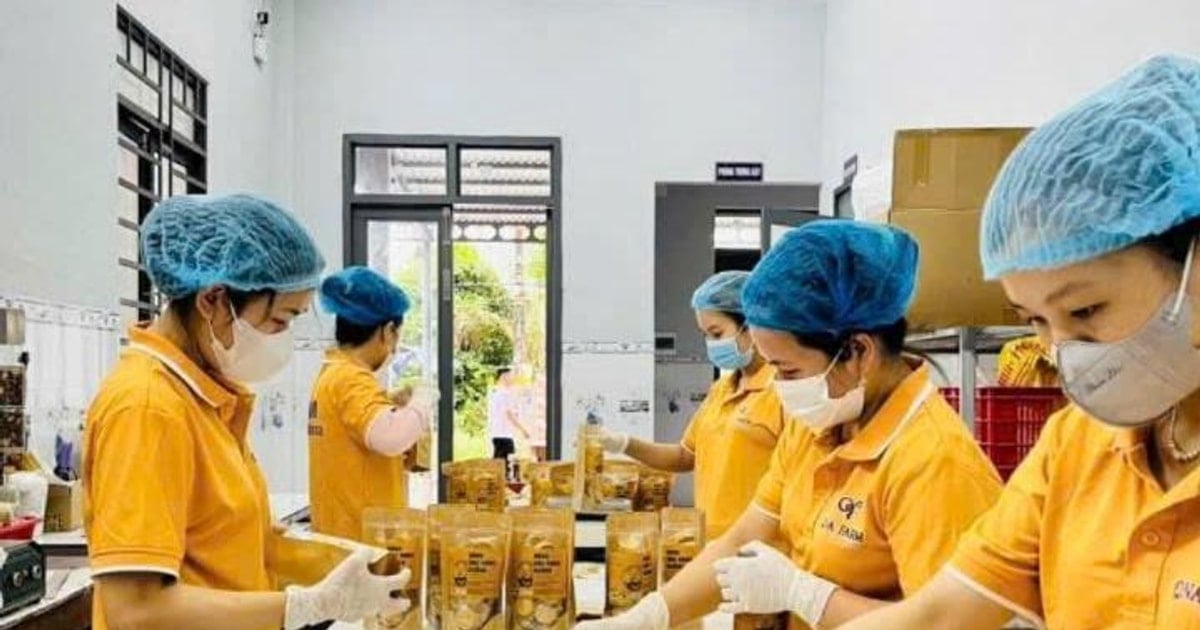
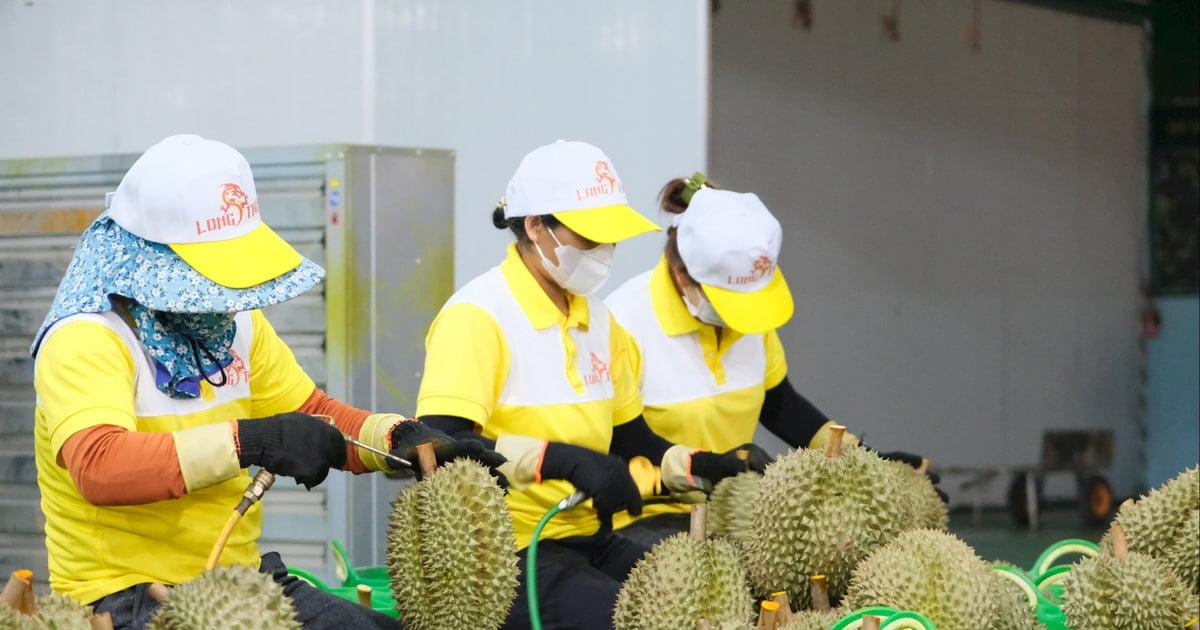






Comment (0)